How to Choose Marble Colors for Stunning Interior Designs

Lighting can instantly change how marble looks in any space. Studies show that even subtle lighting shifts can make colors appear warmer or cooler than expected. This simple truth explains why so many designers spend extra time assessing samples before making a final choice. If you want your marble selection to match your vision, understanding how light, color, and finishes work together is the secret to a flawless result.
Table of Contents
- Step 1: Assess Project Needs And Lighting Conditions
- Step 2: Select Color Palettes That Enhance Your Space
- Step 3: Match Marble Tones With Fixtures And Furnishings
- Step 4: Compare Marble Samples Under Real Lighting
- Step 5: Confirm Your Choice With Visual Mock-Ups
Quick Summary
| Key Point | Explanation |
|---|---|
| 1. Assess lighting conditions strategically | Evaluate natural and artificial light to see how marble colors change throughout the day. This step is critical for selecting the right hue. |
| 2. Create sample boards for color decision | Place marble samples in various locations to observe color variations in different lighting, helping to avoid design disappointments. |
| 3. Match marble tones with fixtures carefully | Analyze the undertones of your chosen marble and align them with your existing fixtures to achieve a cohesive design. |
| 4. Conduct real lighting comparisons | Observe marble samples under different light at various times to assess their true appearance, ensuring a true reflection of your design intent. |
| 5. Build visual mock-ups for confirmation | Create mock-ups that simulate the actual installation conditions, testing how marble interacts with all surrounding materials and light. |
Step 1: Assess Project Needs and Lighting Conditions
Choosing the right marble color involves more than aesthetic preferences. You will strategically evaluate your project space, considering lighting conditions and functional requirements. According to research from frontlinejournals.org, lighting plays a critical role in how marble colors are perceived and experienced within interior spaces.
Start by analyzing natural and artificial light sources in your project area. Take detailed measurements and note the direction of sunlight throughout the day. Consider how different marble tones interact with morning versus afternoon light. Research indicates that lighting can dramatically transform marble’s visual appearance diva-portal.org, making your initial assessment crucial for selecting the perfect color.
A pro tip for marble color selection is creating sample boards with marble swatches. Place these boards in various locations within the space and observe how they look under different lighting conditions throughout 24 hours. This technique will help you understand subtle color variations and prevent potential design disappointments before final installation. Your next step will involve narrowing down color options based on these comprehensive lighting assessments.
Step 2: Select Color Palettes That Enhance Your Space
Selecting the perfect marble color palette requires strategic thinking and an understanding of visual harmony. According to research from architecturecourses.org, color theory plays a pivotal role in transforming spaces and creating emotional resonance through thoughtful selections.
Begin by examining your marble colors through the lens of complementary and analogous color relationships. According to architecturecourses.org, warm neutral palettes can create inviting environments that feel cohesive and sophisticated. Consider how different marble tones interact with your existing architectural elements like wall colors, flooring, and natural light. For instance, if you have warm beige walls, choose marble with subtle golden or cream undertones that will seamlessly integrate into the space.
A pro tip for marble color selection is creating a mood board that includes samples of your chosen marble alongside other design elements. This visual representation helps you understand how colors interact and allows you to make more confident design decisions. Your next step will involve refining your color palette and selecting specific marble samples that align with your design vision. Check out our guide on 2026 Interior Color Trends to stay ahead of emerging design trends that might inspire your marble color choices.
Step 3: Match Marble Tones With Fixtures and Furnishings
Matching marble tones with your existing fixtures and furnishings requires a keen eye for color harmony and design cohesion. According to research from architecturecourses.org, contemporary interior design emphasizes the strategic incorporation of metallic finishes that complement natural stone materials like marble.
Begin by analyzing the undertones in your marble and comparing them with the metallic and material finishes in your space. As experts recommend from architecturecourses.org, understanding color undertones is crucial for creating a seamless design. For instance, if you have a creamy white marble with soft golden undertones, consider pairing it with brushed brass fixtures or warm gold hardware. Similarly, cool gray marble works beautifully with sleek stainless steel or matte black accents that create a modern sophisticated look.
A pro tip for perfect marble tone matching is creating a physical sample board that includes your marble, potential fixtures, and surrounding materials. This visual approach allows you to see how different elements interact under various lighting conditions.
 For additional inspiration on creating luxurious spaces, explore our guide on stunning marble bathroom designs that showcase expert color coordination techniques. Your next step will involve fine tuning these selections to create a harmonious and visually compelling interior design.
For additional inspiration on creating luxurious spaces, explore our guide on stunning marble bathroom designs that showcase expert color coordination techniques. Your next step will involve fine tuning these selections to create a harmonious and visually compelling interior design.
Step 4: Compare Marble Samples Under Real Lighting
Comparing marble samples under authentic lighting conditions is a critical step in ensuring your design vision translates perfectly from concept to reality. According to research from files.eric.ed.gov, building mock-ups that demonstrate the visual qualities of materials can significantly enhance your selection process.
Create a dedicated evaluation area where you can observe your marble samples throughout different times of day. As recommended by diva-portal.org, focus on simulating dynamic lighting conditions that mimic natural light variations. Position your marble samples near windows, under overhead lights, and in areas with both natural and artificial illumination. Pay close attention to how the stone’s color and texture transform under morning sunlight versus evening ambient lighting. Look for subtle shifts in undertones, reflectivity, and overall visual character that might not be apparent in showroom or catalog images.
A pro tip for comprehensive marble sample evaluation is to create a dedicated observation board. Attach your marble samples alongside potential fixture materials and wall colors, then document their appearance at different times using photography. This methodical approach allows you to make informed decisions and avoid costly design mistakes.
 For more comprehensive insights, explore our ultimate guide to marble selection that can help refine your decision making process. Your next step will involve carefully analyzing these observations to select the perfect marble for your space.
For more comprehensive insights, explore our ultimate guide to marble selection that can help refine your decision making process. Your next step will involve carefully analyzing these observations to select the perfect marble for your space.
Step 5: Confirm Your Choice With Visual Mock-Ups
Confirming your marble selection requires creating precise visual mock-ups that bring your design vision into tangible reality. According to research from files.eric.ed.gov, constructing detailed mock-ups is an essential tool for evaluating material choices and ensuring your desired visual outcomes.
Begin by developing a comprehensive mock-up that mimics your actual installation environment. As recommended by diva-portal.org, this process involves strategically testing existing lighting conditions and design configurations. Use large format sample panels that represent your chosen marble, positioning them exactly where they will be installed. Photograph these mock-ups under different lighting conditions morning, afternoon, and evening to capture how the marble interacts with natural and artificial light sources. Pay special attention to how the stone’s color, texture, and veining appear in your specific space.
A pro tip for creating effective mock-ups is to include surrounding materials like wall colors, adjacent flooring, and potential fixtures. This holistic approach allows you to visualize the complete design context. Explore our comprehensive marble selection guide for additional insights into making your final design decisions. Your next step will involve reviewing these mock-ups critically and making any necessary refinements to achieve your perfect marble installation.
Discover the Perfect Marble Color with Surfaces Galore
Choosing the right marble color can be overwhelming when you consider lighting shifts, undertones, and fixture coordination. If you want to avoid costly mistakes and ensure your interior design vision comes alive exactly as imagined, you need reliable, high-quality marble samples and expert guidance at your fingertips. Many designers and homeowners share the struggle of matching marble tones perfectly and confirming choices under real lighting conditions as explained in our article.
Experience confidence in your selections by exploring a broad range of premium marble options that are expertly sourced to meet your aesthetic and functional needs. At Surfaces Galore, you will find authentic natural stone crafted to stand the test of time and enhance any space.

Ready to transform your interiors with stunning marble colors that match your unique style and project needs? Visit Surfaces Galore to browse premium marble and travertine tiles, mosaics, and decorative accents. Start your journey today to create timeless beauty with natural stone that works perfectly in your lighting and design environment. Don’t wait and risk guesswork. Let us help you bring your dream interiors to life with confidence.
Frequently Asked Questions
How do I assess project needs and lighting conditions when choosing marble colors?
To assess project needs and lighting conditions, analyze both natural and artificial light sources in your space. Measure sunlight direction and observe marble tones at different times of the day to see how lighting affects color perception.
What color palettes should I consider that enhance my interior space with marble?
Consider complementary and analogous color relationships when selecting marble colors. Create a mood board with samples of your chosen marble alongside existing wall colors and furnishings to visualize how they work together.
How can I effectively match marble tones with fixtures and furnishings?
Match marble tones with your existing fixtures by analyzing the undertones of both. Create a physical sample board that includes your selected marble, potential hardware, and surrounding materials to ensure visual harmony.
What is the best way to compare marble samples under authentic lighting conditions?
To effectively compare marble samples, create a dedicated evaluation area to observe them throughout different times of the day. Document their appearance using photography to capture subtle changes in color and texture under various lighting conditions.
How do I confirm my marble choice with visual mock-ups?
To confirm your marble selection, develop a visual mock-up that simulates your actual installation environment. Use large format sample panels and photograph them in different lighting conditions to evaluate how the marble interacts with your space.

 Best Selling Marble Collections
Best Selling Marble Collections
 Arabescato Corchia
Arabescato Corchia Bardiglio
Bardiglio Bianco Dolomite
Bianco Dolomite 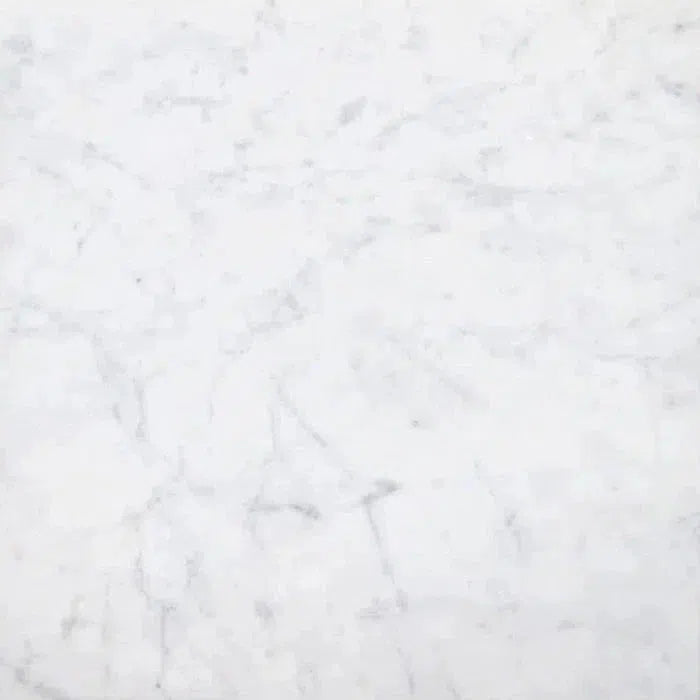 Carrara White
Carrara White 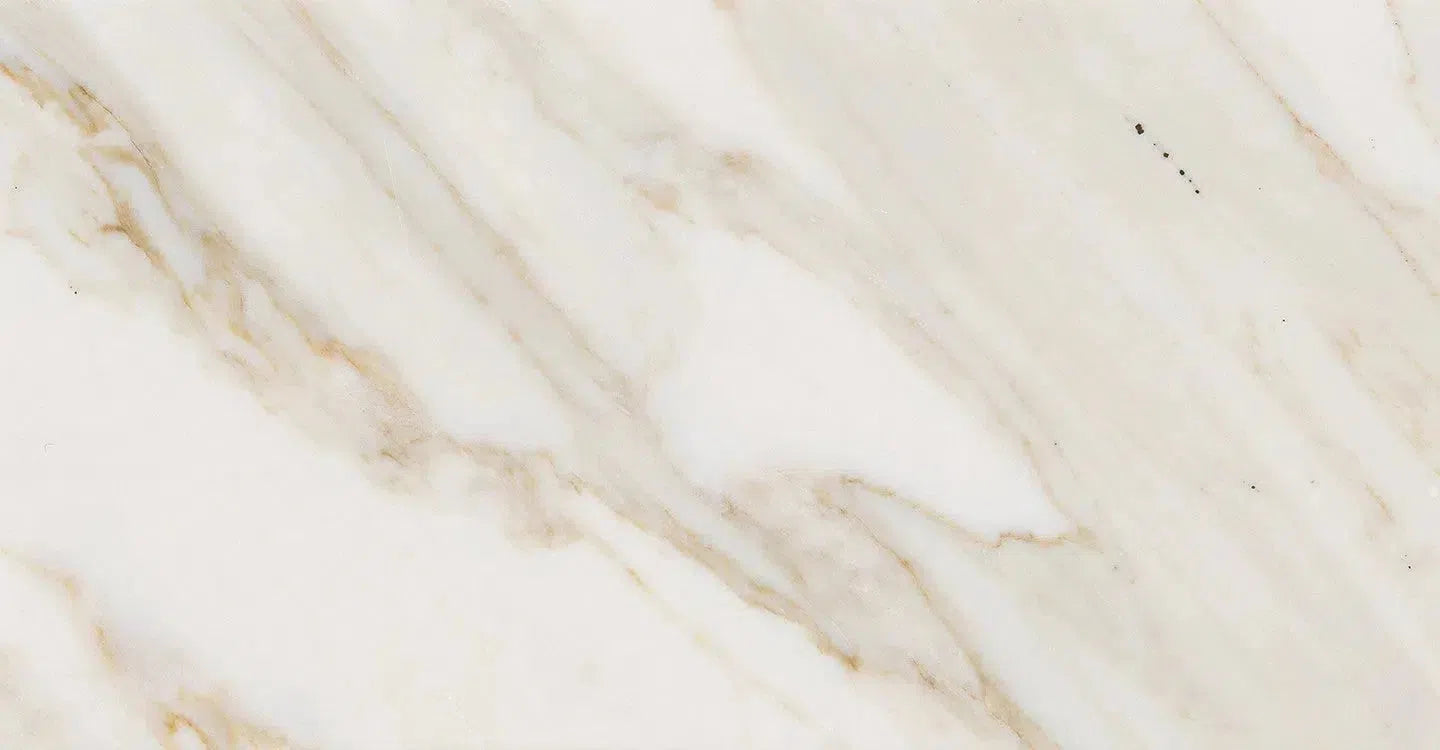 Calacatta Gold
Calacatta Gold Crema Marfil
Crema Marfil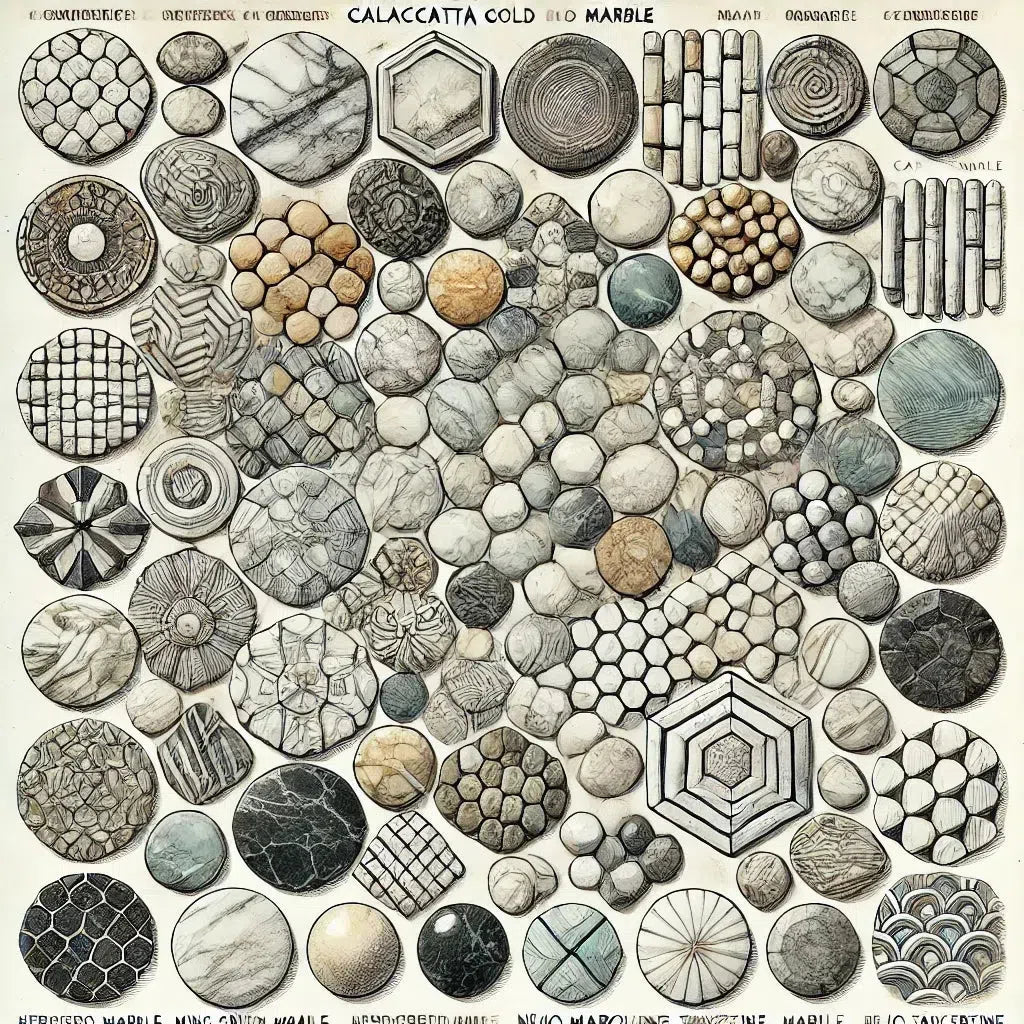 Custom Made Mosaic
Custom Made Mosaic Emperador Dark
Emperador Dark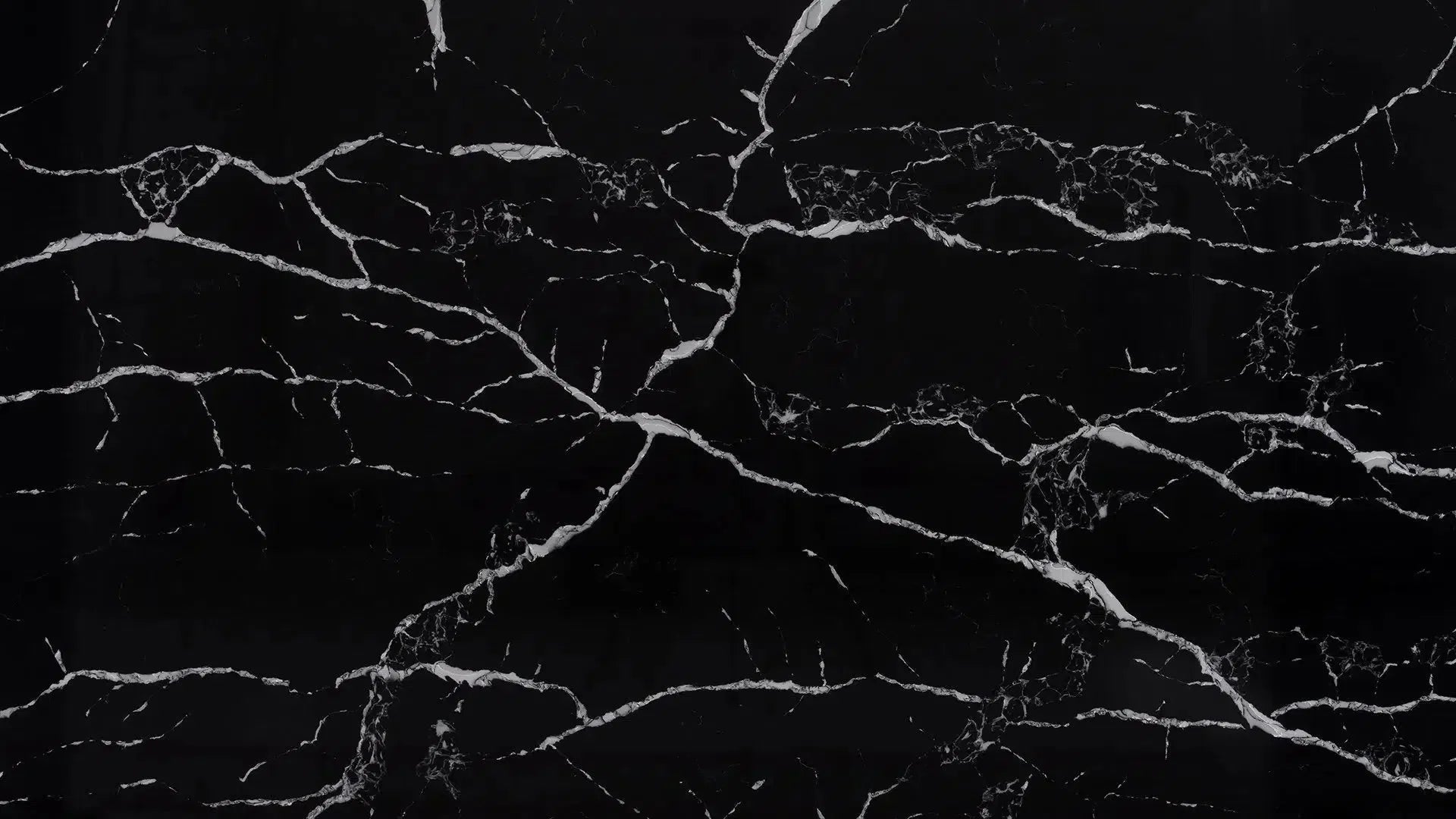 Nero Marquina
Nero Marquina Ming Green Marble
Ming Green Marble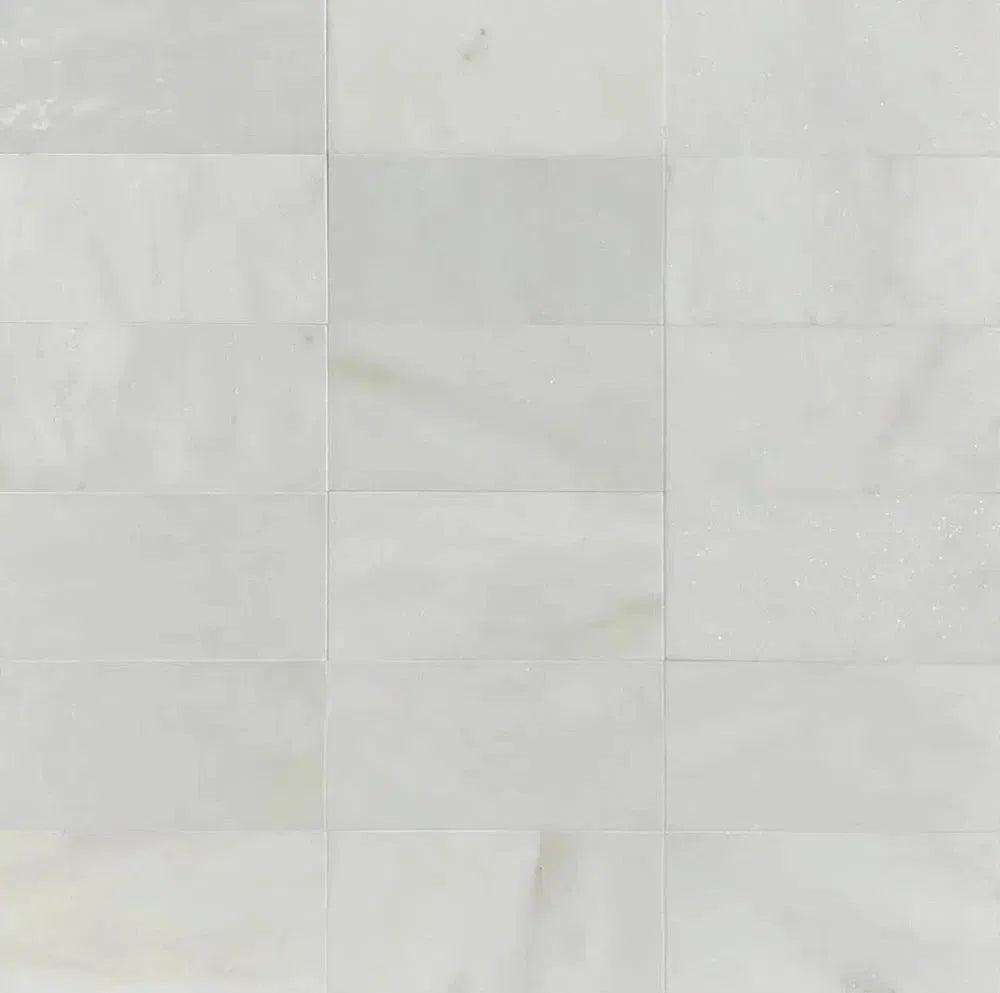 Oriental White Marble (Asian Statuary Marble)
Oriental White Marble (Asian Statuary Marble)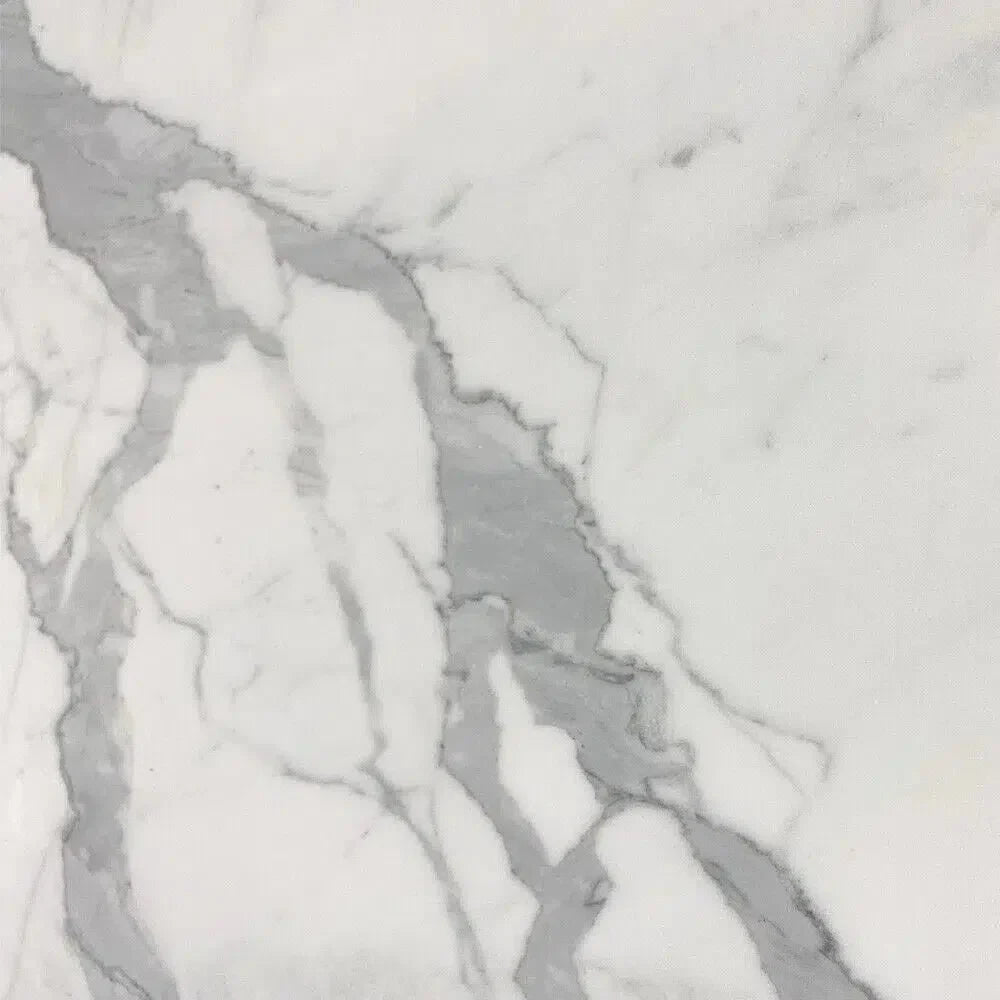 Statuary - Statuario White (Italian) Marble
Statuary - Statuario White (Italian) Marble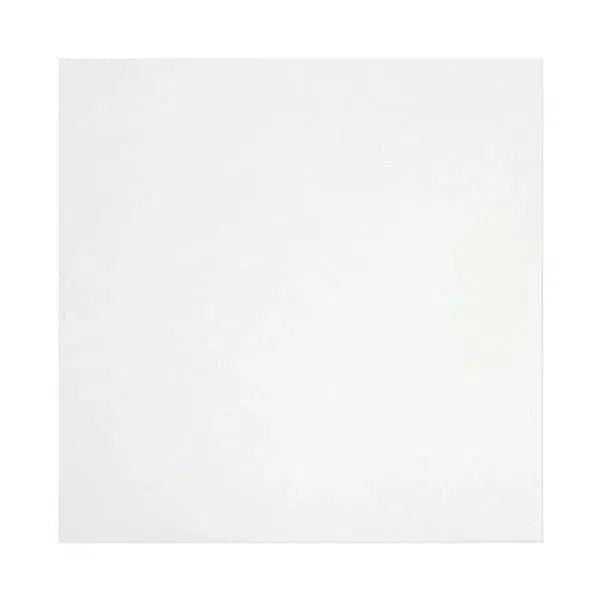 Thassos White
Thassos White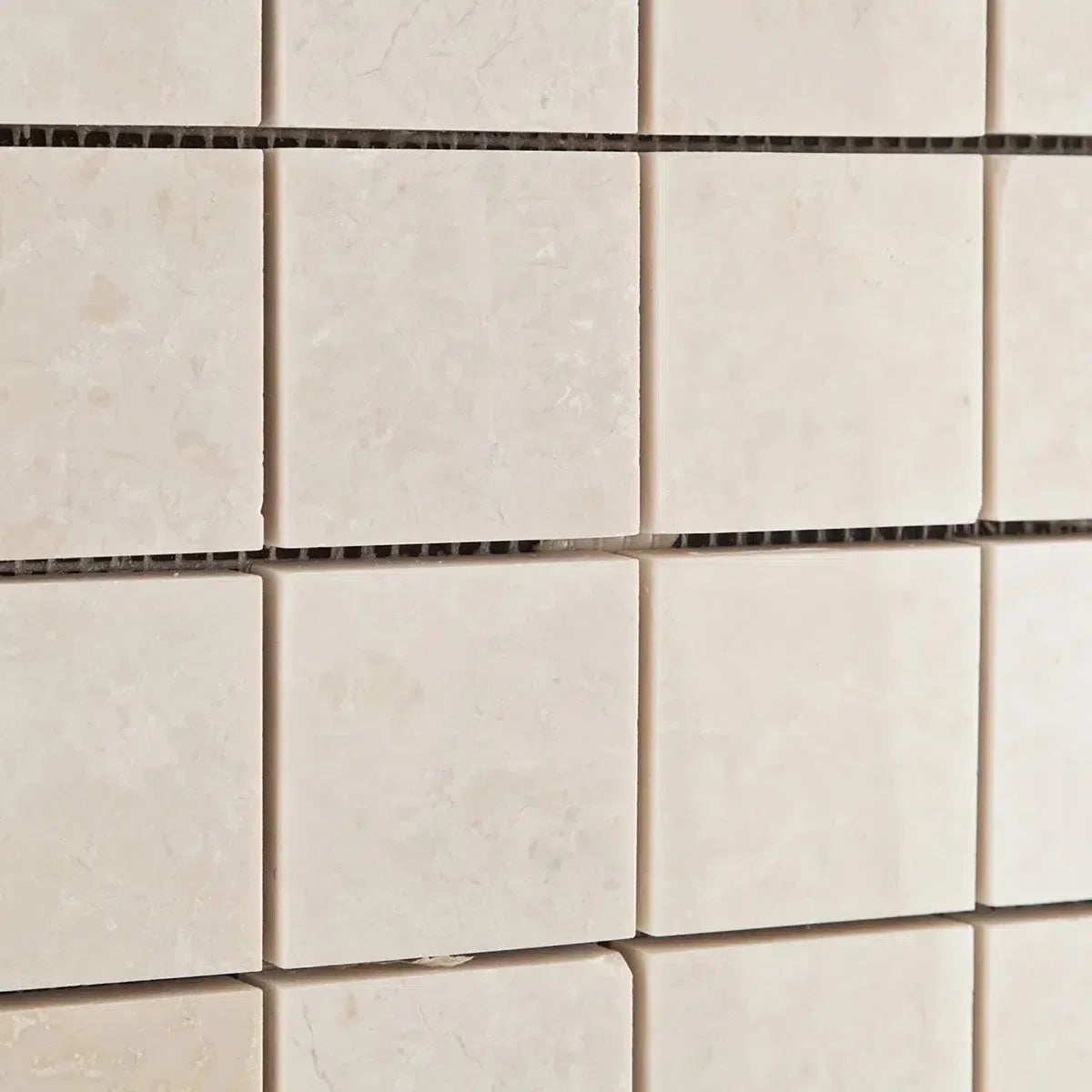 White Pearl/Botticino Beige Marble
White Pearl/Botticino Beige Marble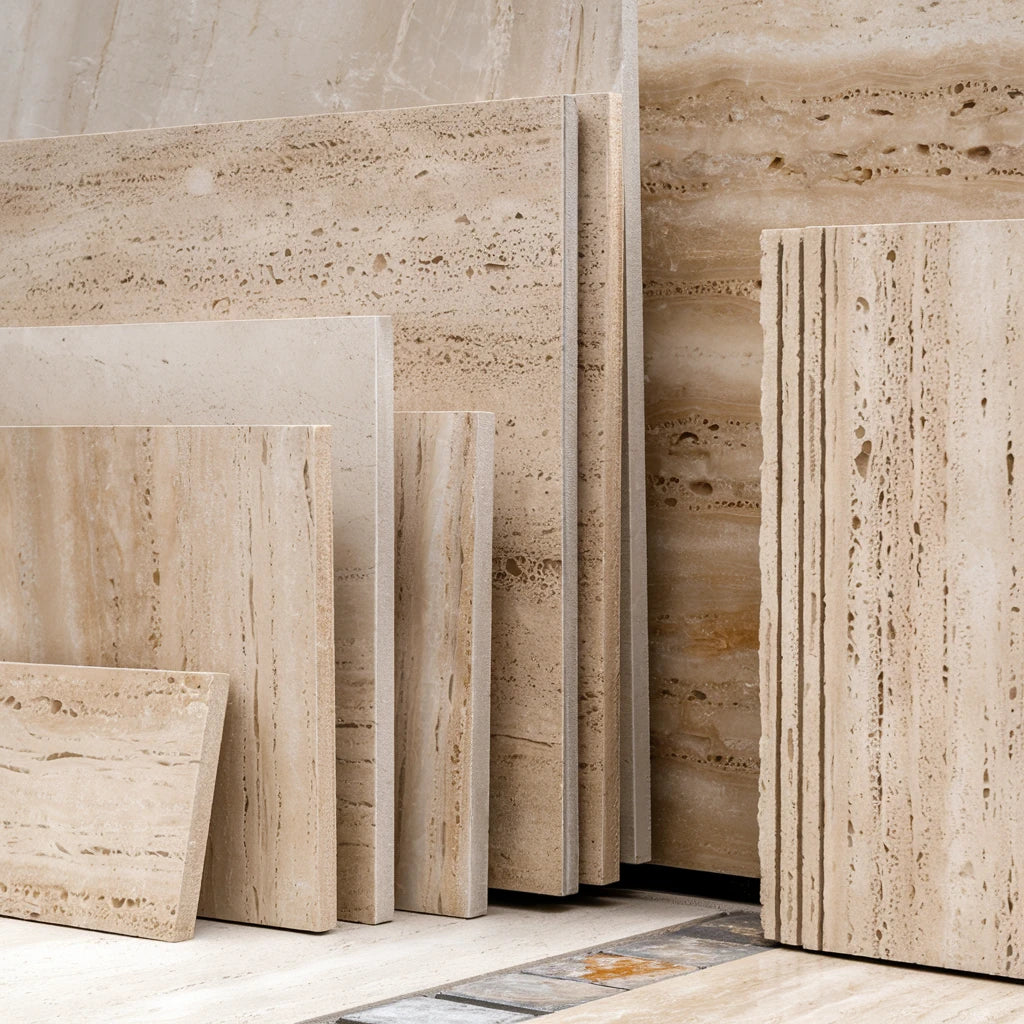 Best Selling Travertine Collections
Best Selling Travertine Collections
 Ivory Travertine
Ivory Travertine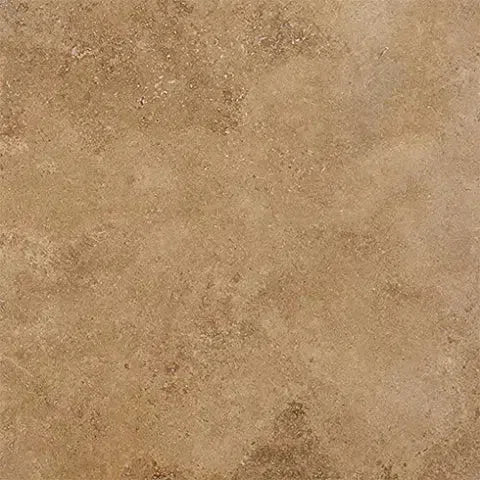 Noce Travertine
Noce Travertine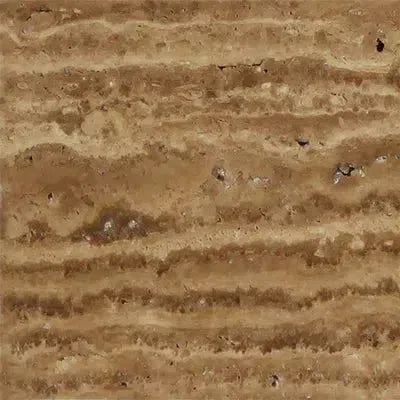 Exotic Noce Travertine
Exotic Noce Travertine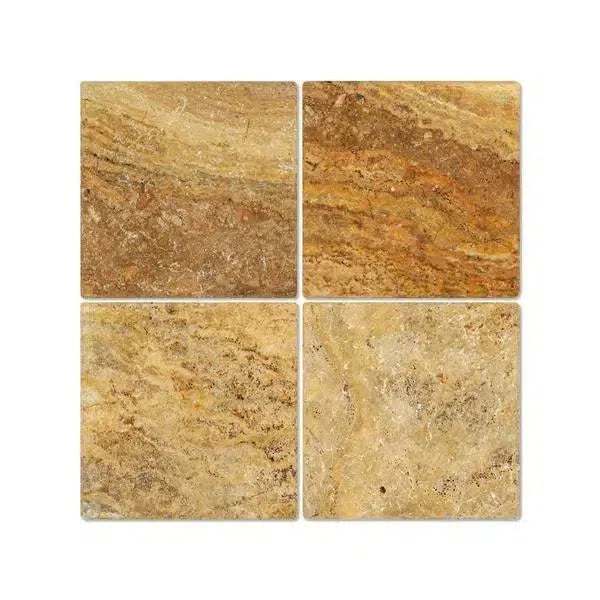 Scabos | Autumn Leaves Travertine
Scabos | Autumn Leaves Travertine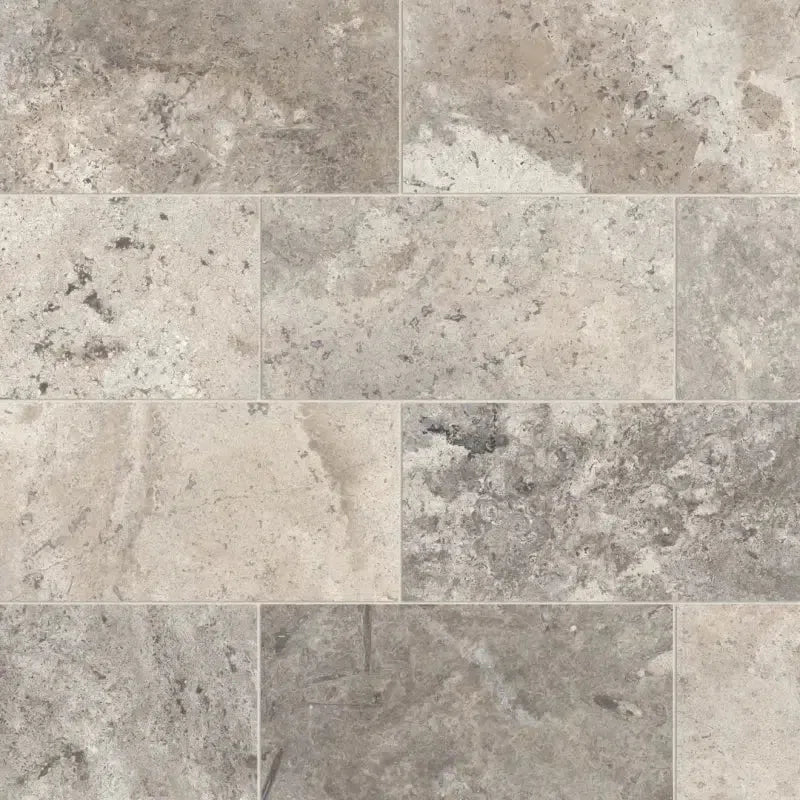 Silver Travertine
Silver Travertine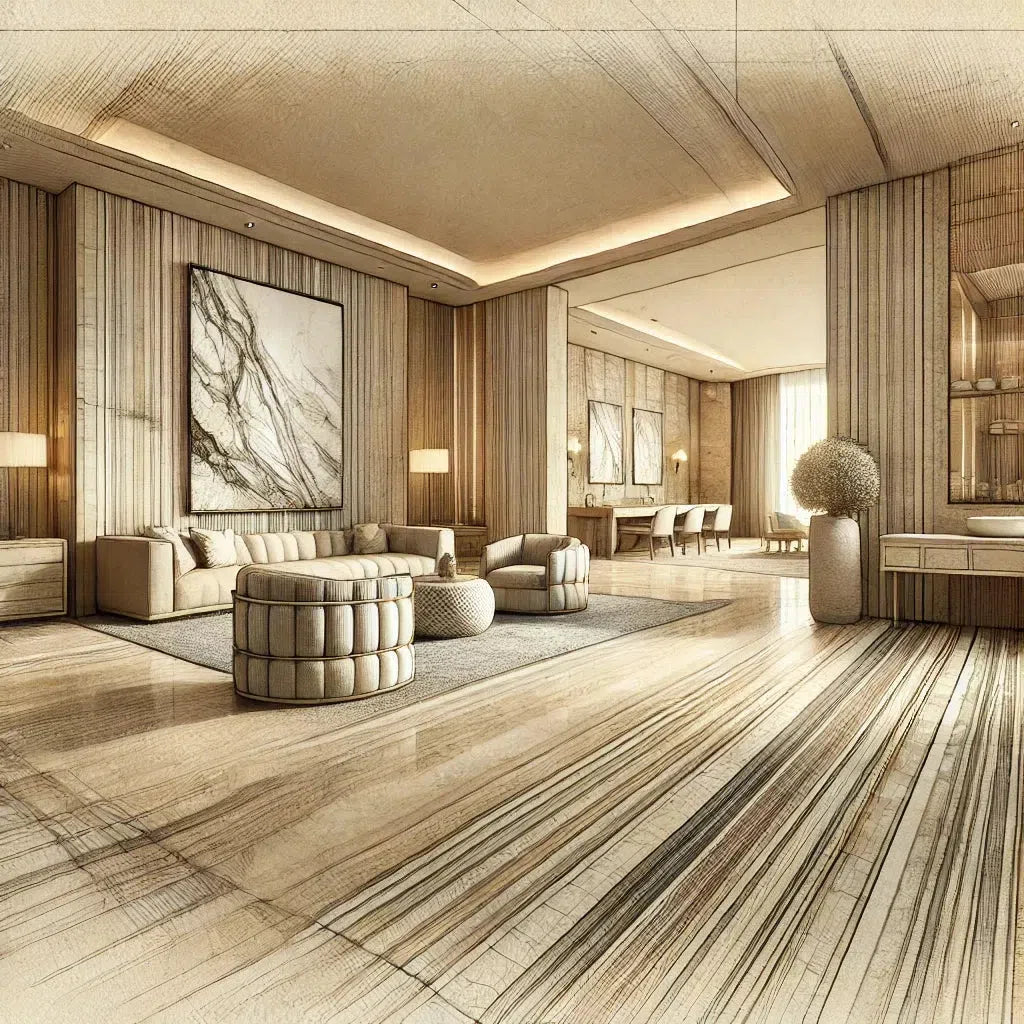 Exotic Travertine
Exotic Travertine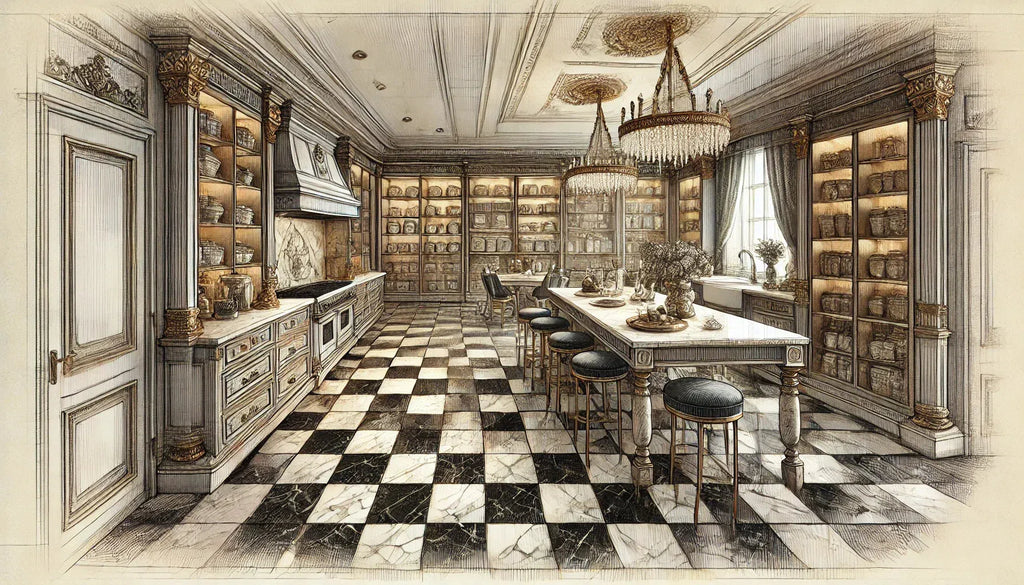 Checkerboard
Checkerboard
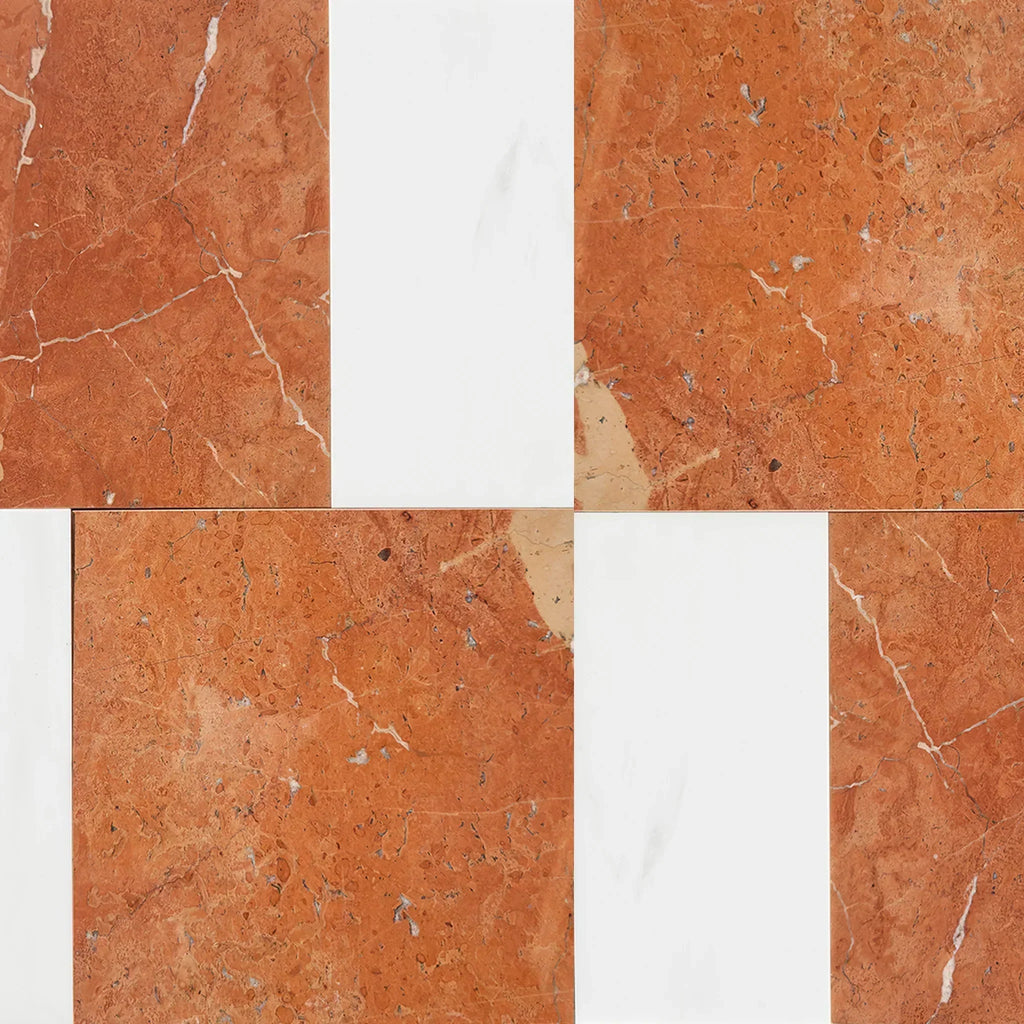 Patterned Tile
Patterned Tile
 Shop By Material
Shop By Material
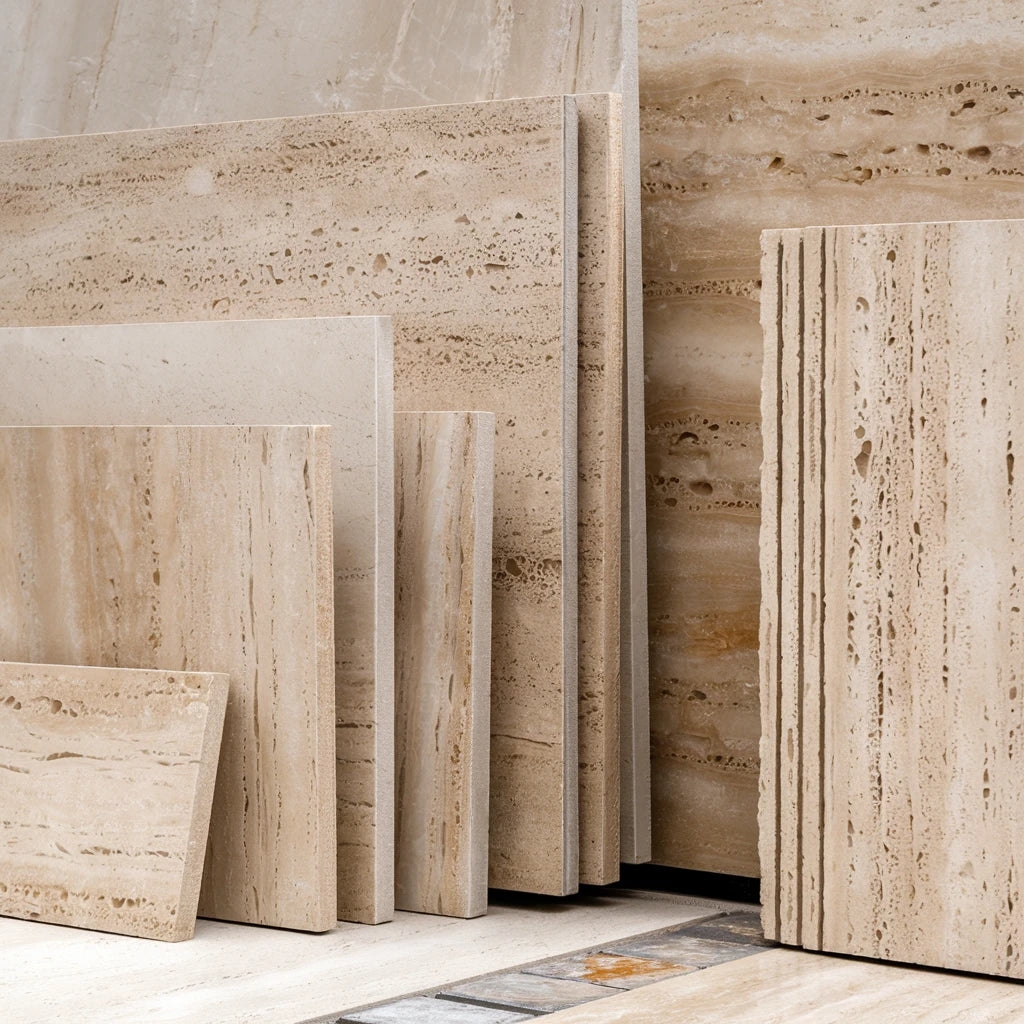 Travertine
Travertine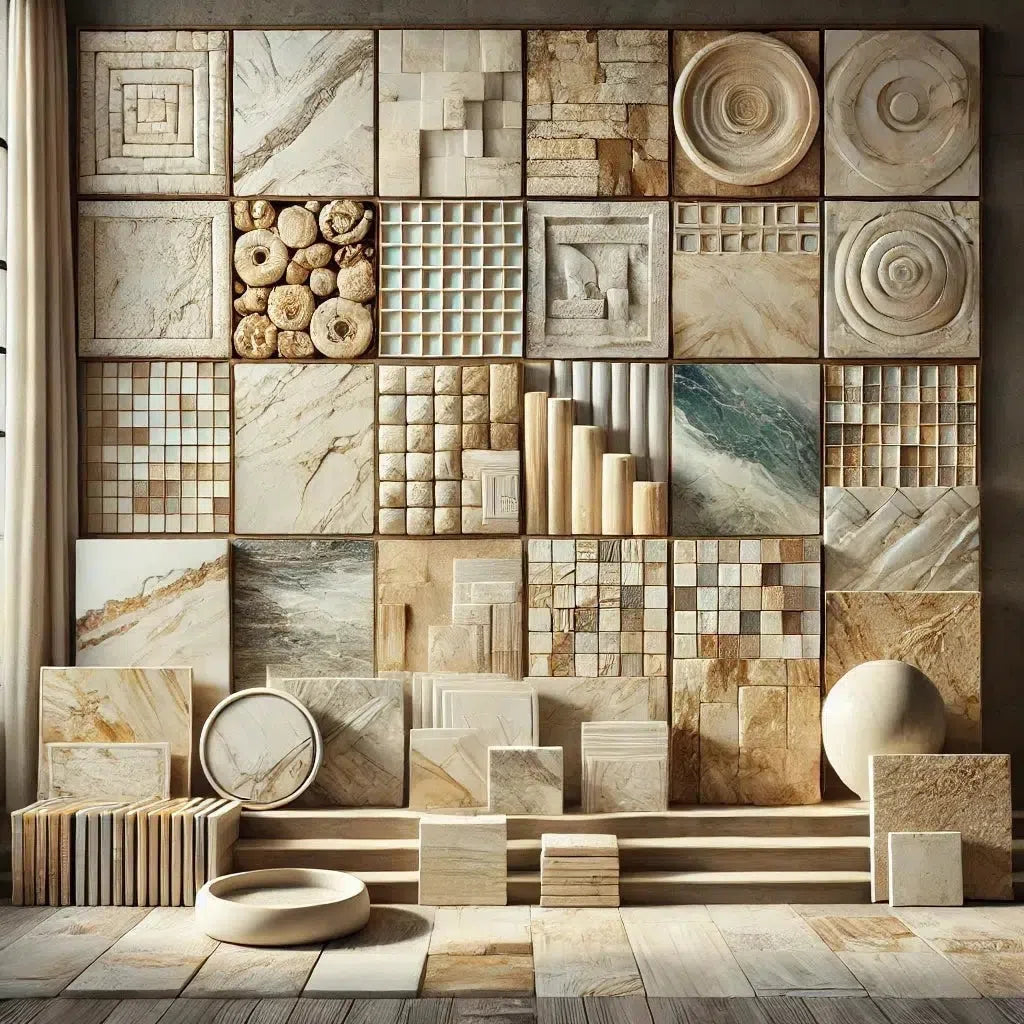 Marble
Marble Limestone
Limestone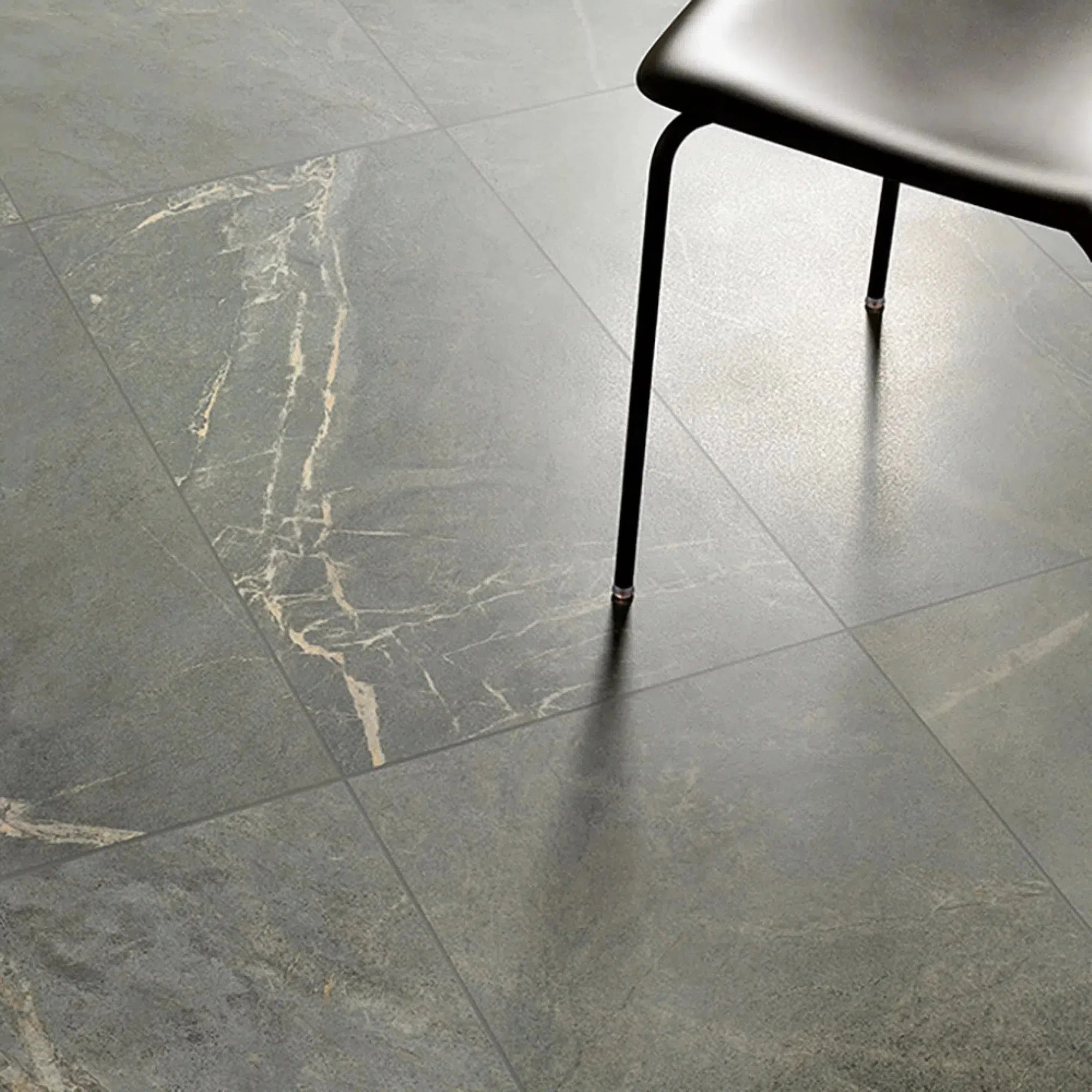 Soap Stone
Soap Stone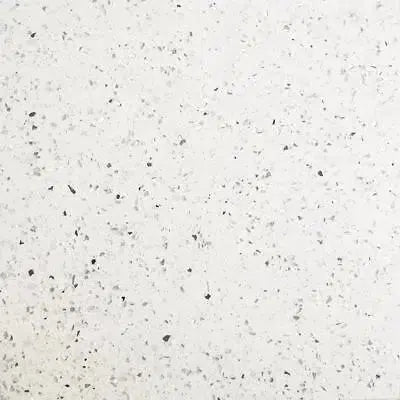 Quartz
Quartz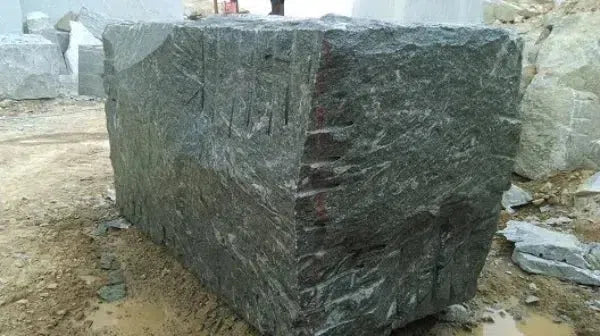 Granite
Granite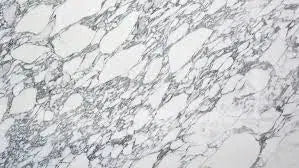 Shop By Name
Shop By Name
 Absolute Black Granite
Absolute Black Granite Atlantic Gray Marble
Atlantic Gray Marble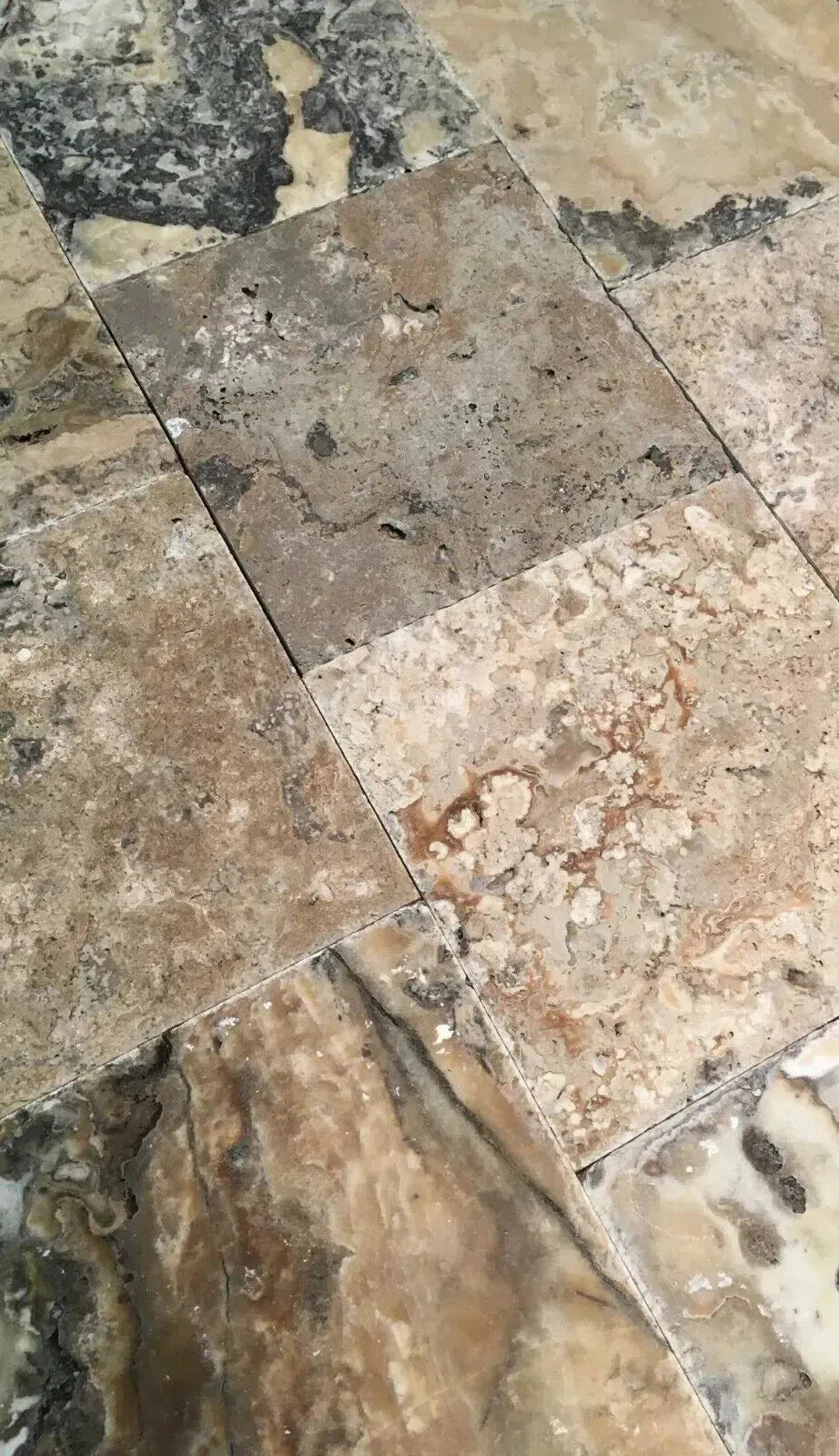 Antico Onyx Travertine
Antico Onyx Travertine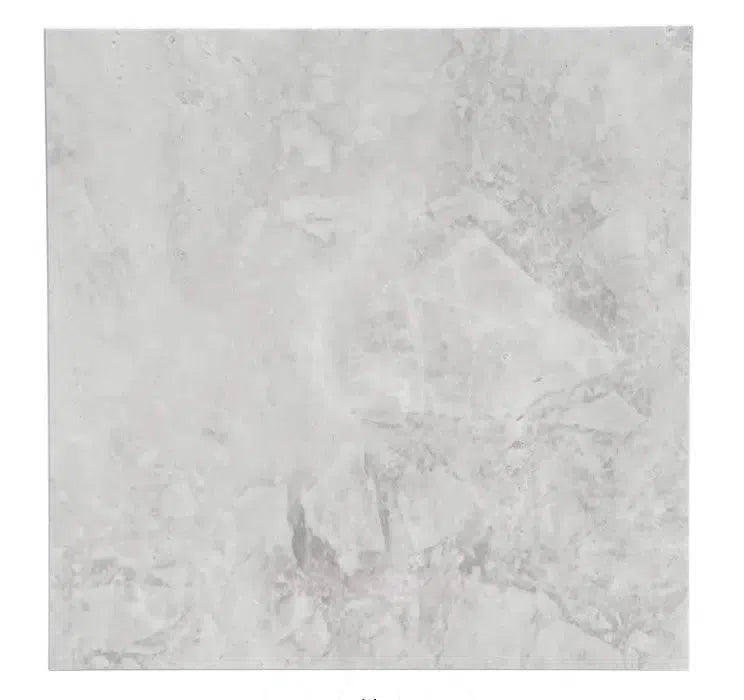 Bianco Congelato Dolomite
Bianco Congelato Dolomite Bianco Venatino (Bianco Mare) Marble
Bianco Venatino (Bianco Mare) Marble Calacatta Verde Royale Marble
Calacatta Verde Royale Marble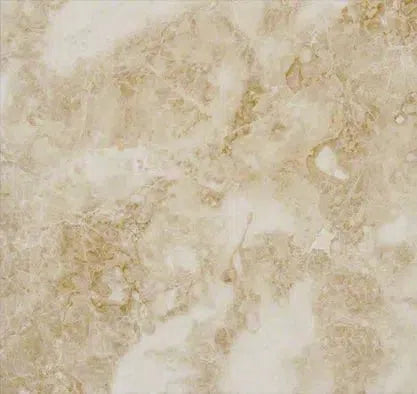 Cappuccino Marble
Cappuccino Marble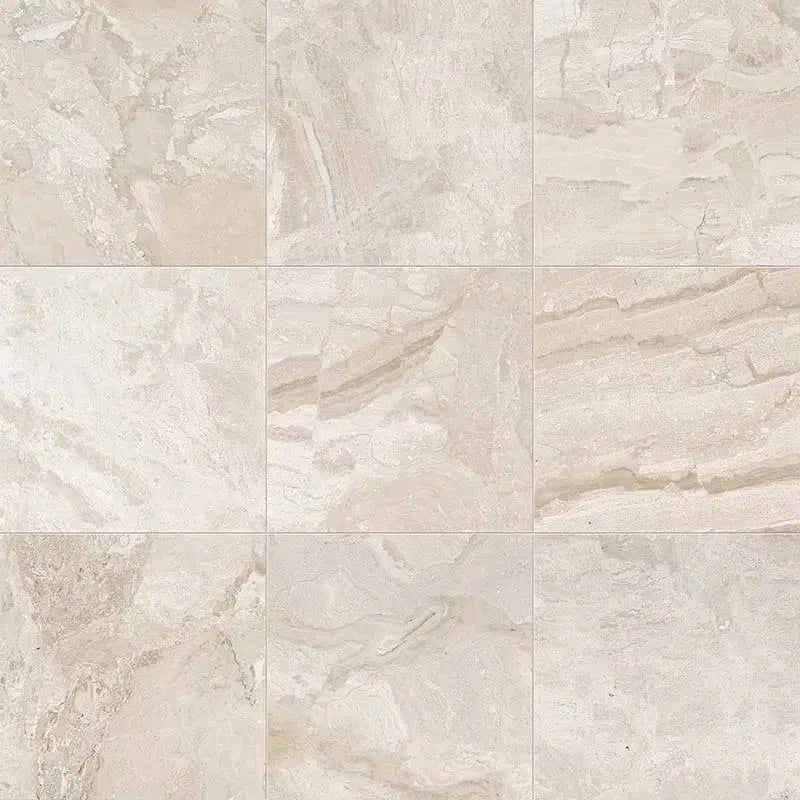 Diano Royal (Queen Beige) Marble
Diano Royal (Queen Beige) Marble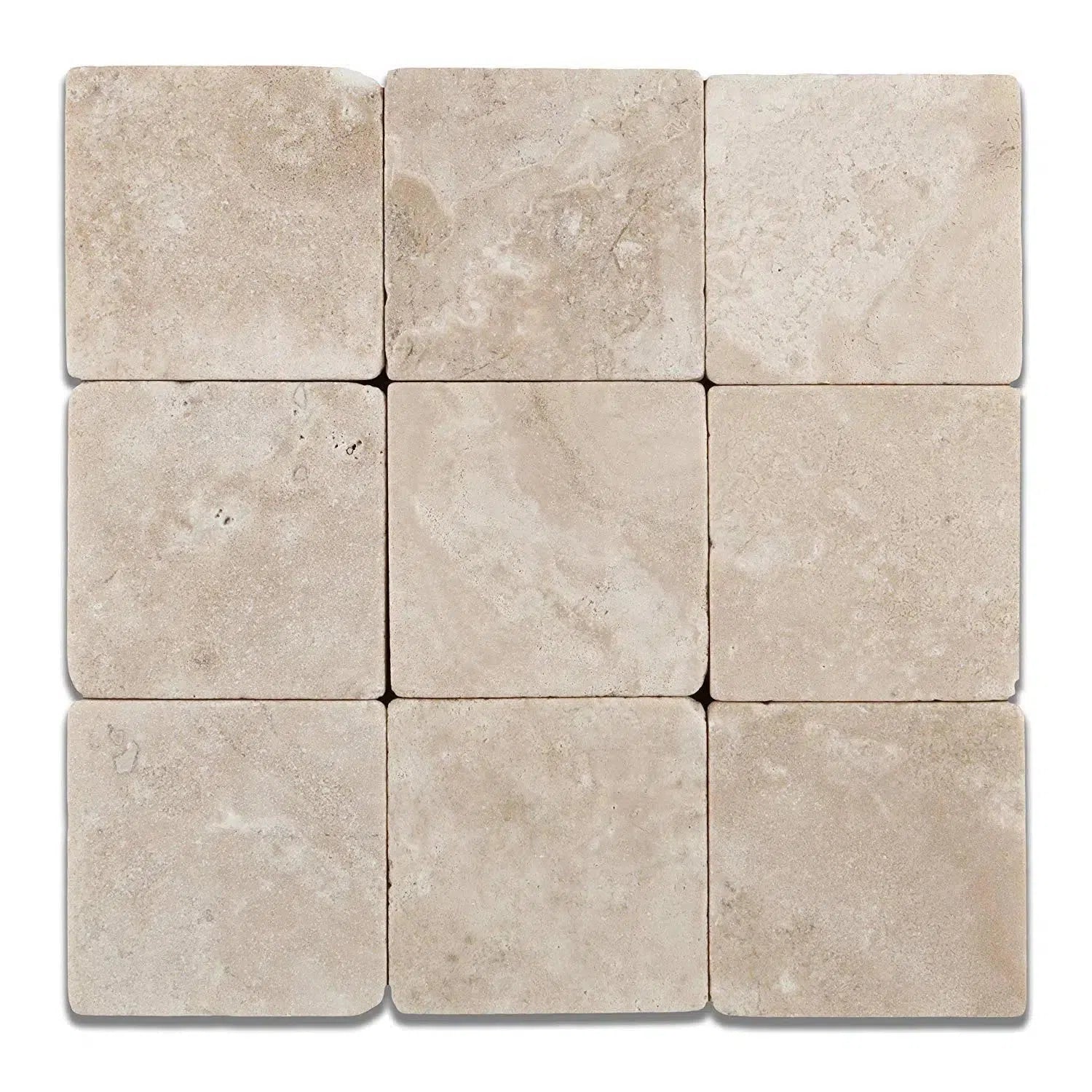 Durango Cream Traverine
Durango Cream Traverine Emperador Light Marble
Emperador Light Marble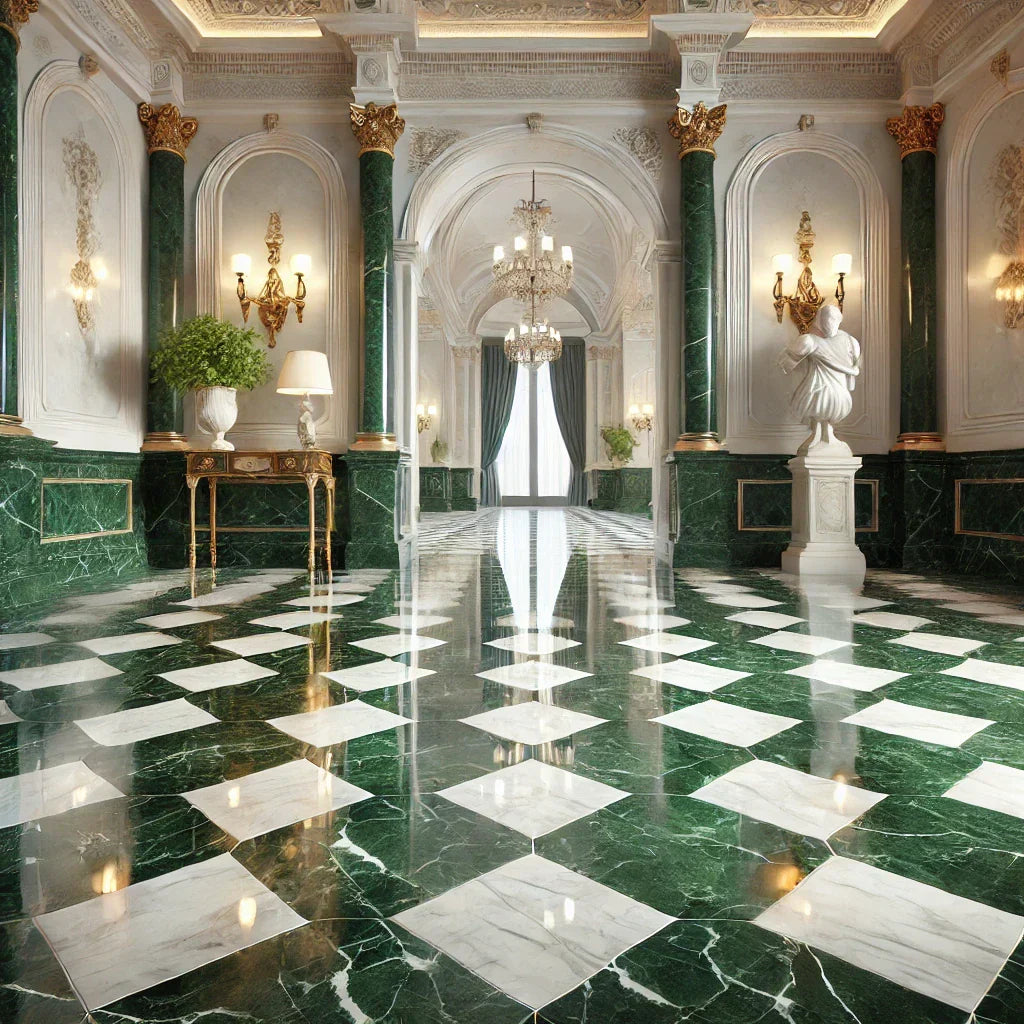 Empress Green Marble
Empress Green Marble Gold/Yellow Travertine
Gold/Yellow Travertine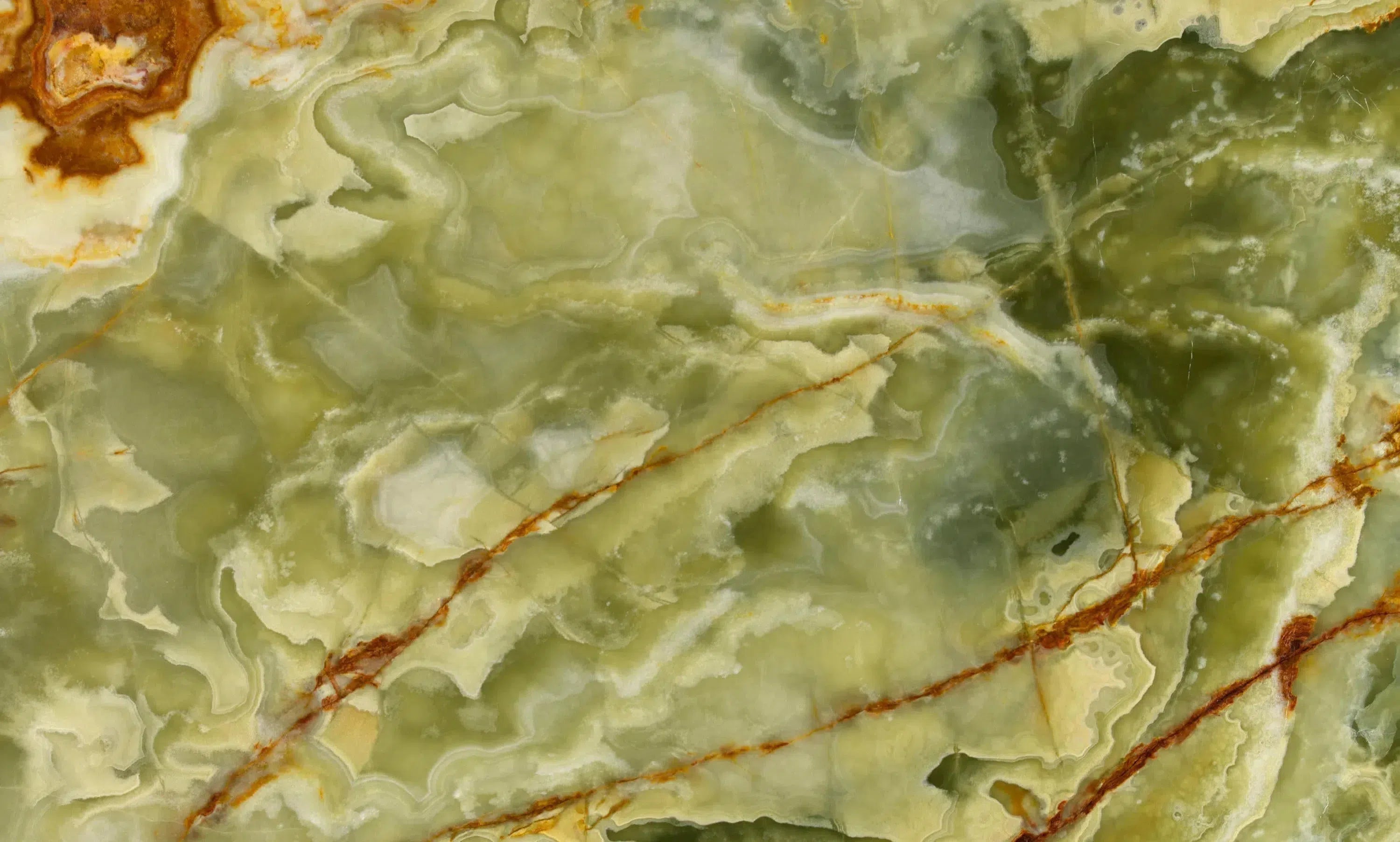 Green Onyx Marble
Green Onyx Marble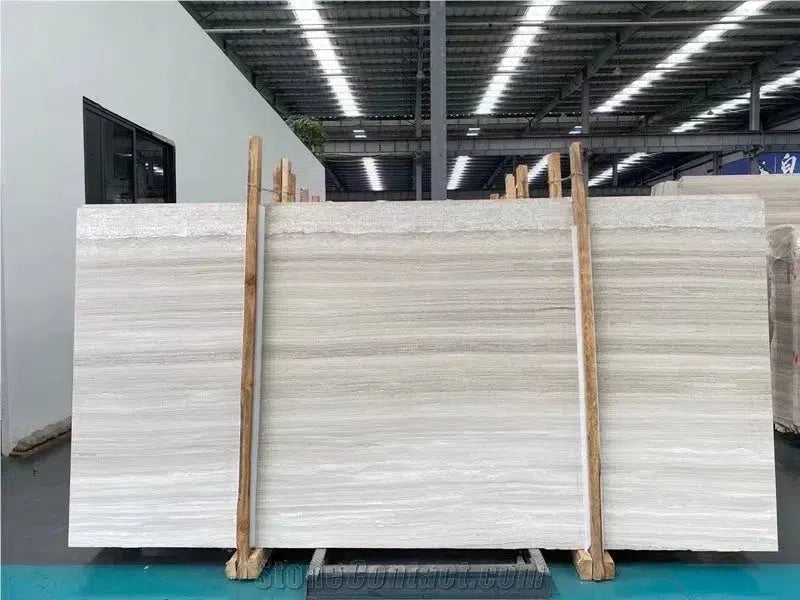 Haisa Light (White Wood) Limestone
Haisa Light (White Wood) Limestone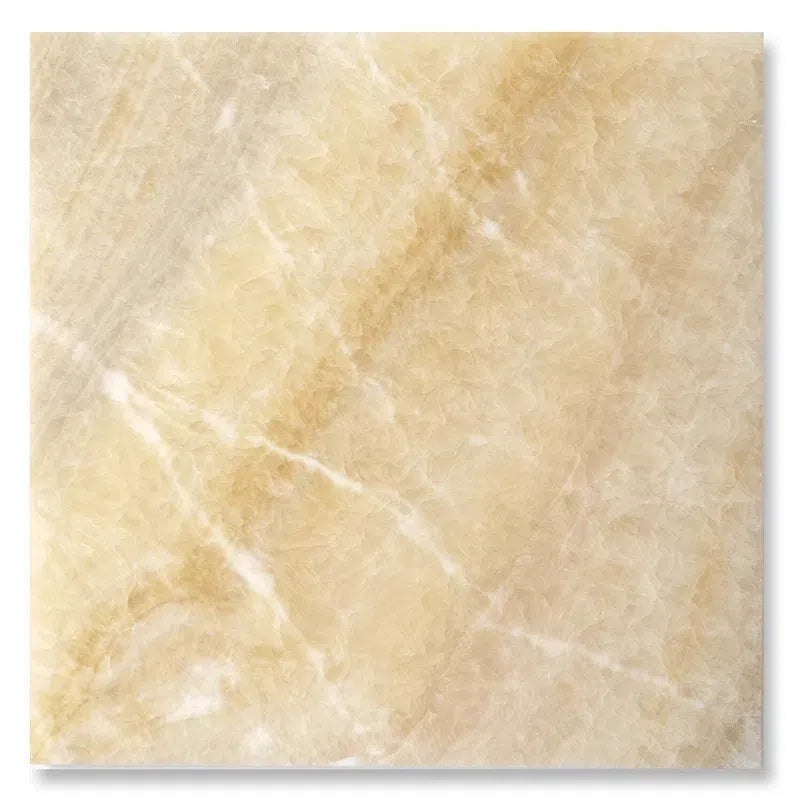 Honey Onyx Marble
Honey Onyx Marble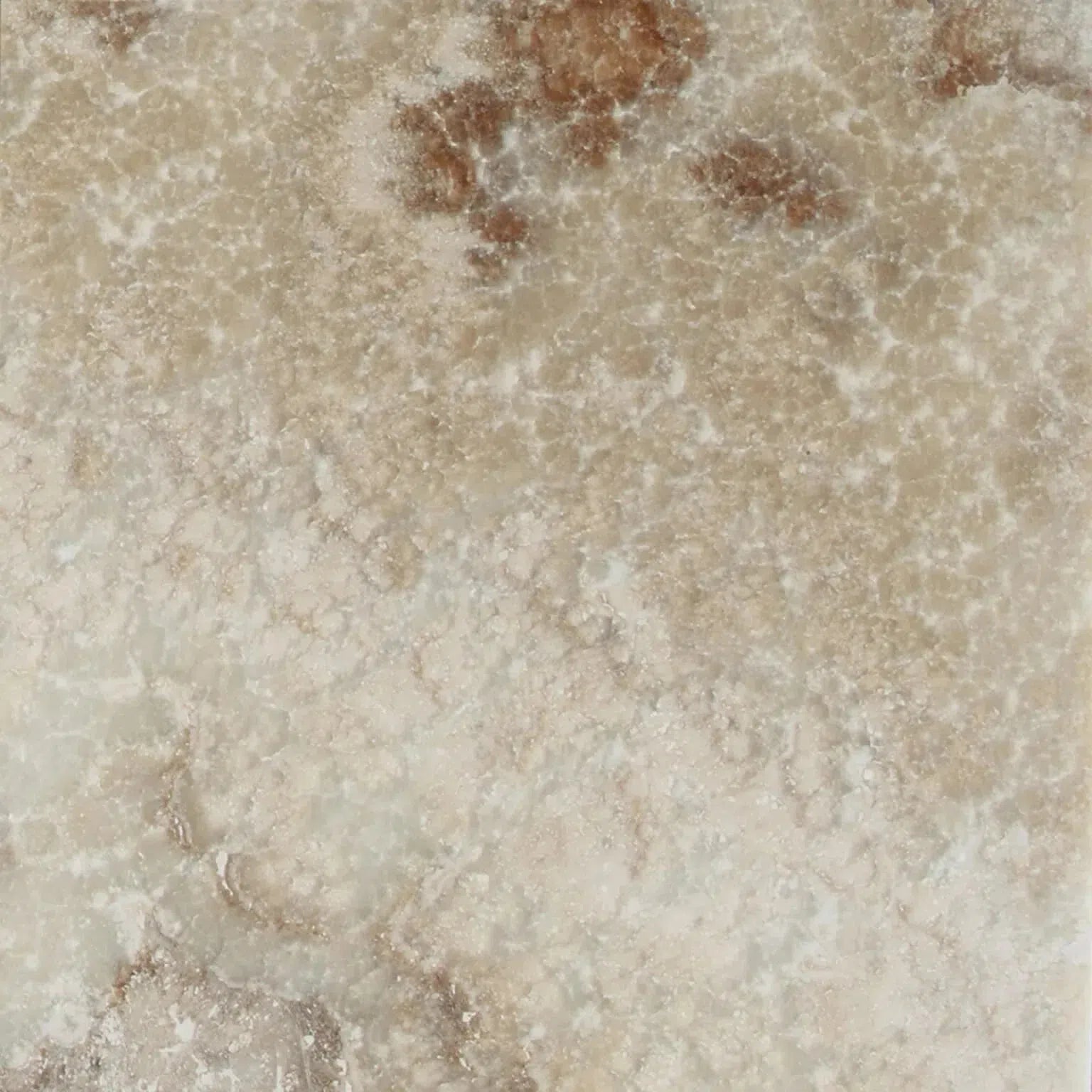 La Travonya Travertine
La Travonya Travertine Malibu Travertine
Malibu Travertine Mink (Equator) Marble
Mink (Equator) Marble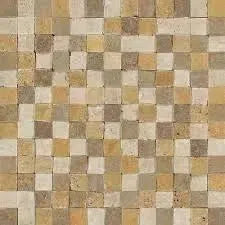 Mixed (Ivory-Noce-Gold) Travertine
Mixed (Ivory-Noce-Gold) Travertine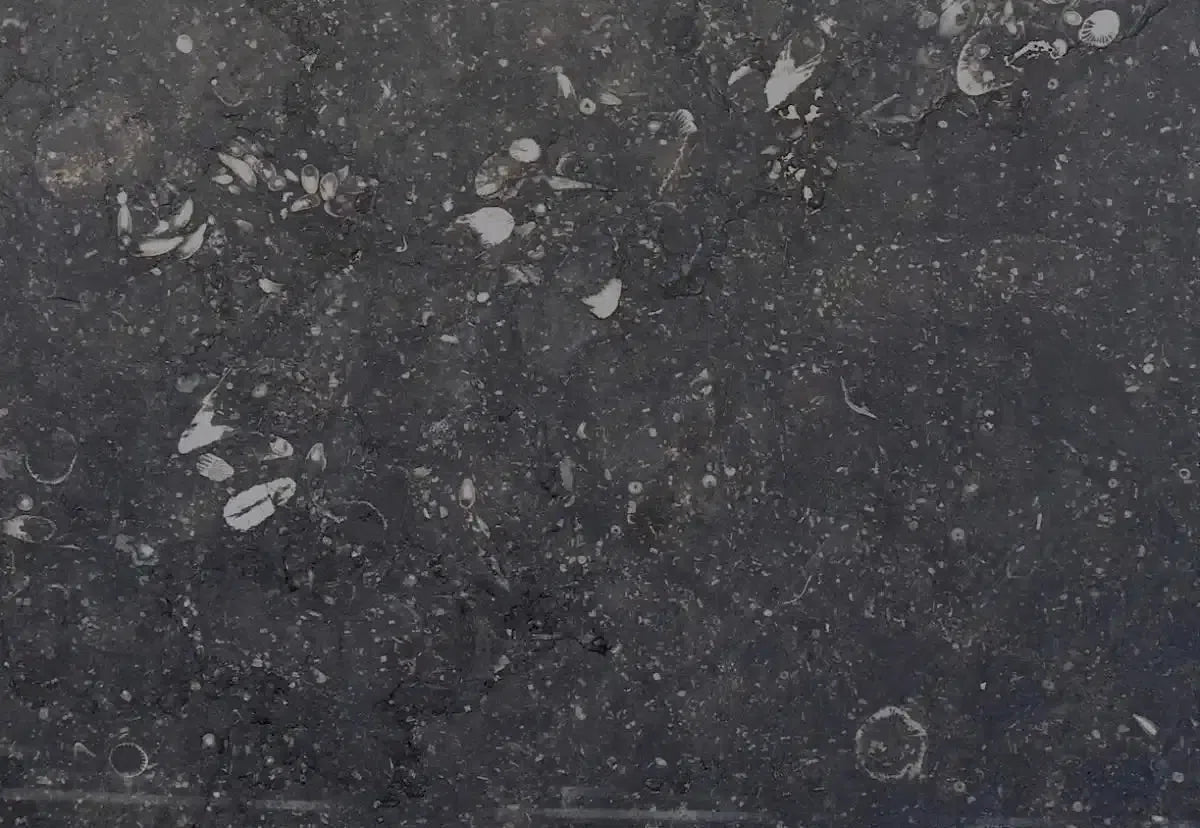 Pierre Bleue (Pierre Blue) Marble
Pierre Bleue (Pierre Blue) Marble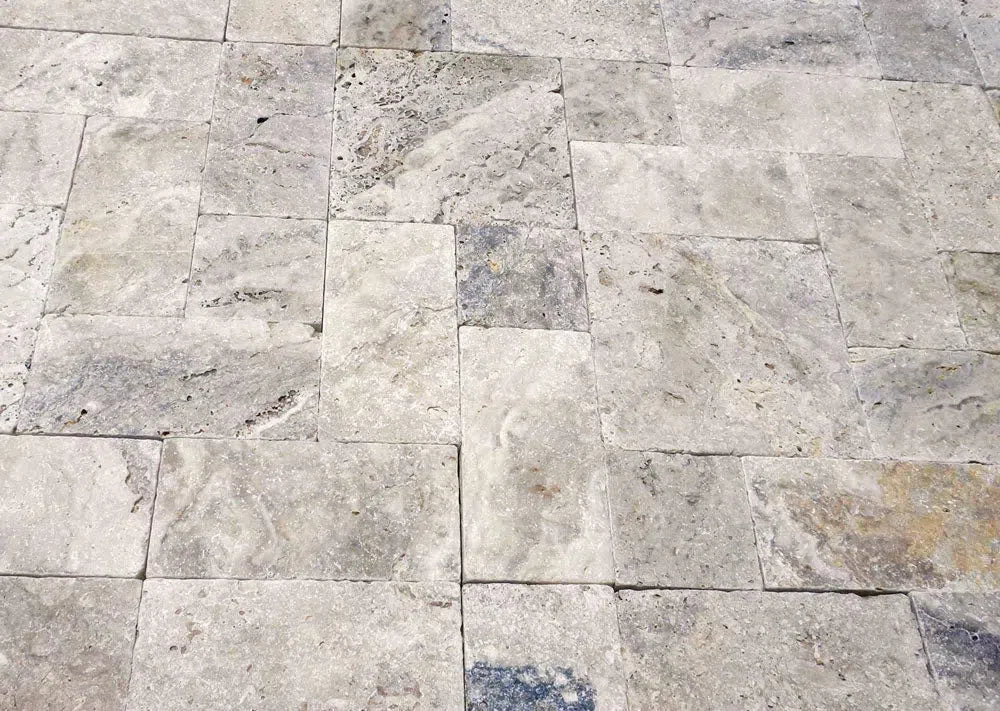 Philadelphia Travertine
Philadelphia Travertine Rosé Aurora Marble
Rosé Aurora Marble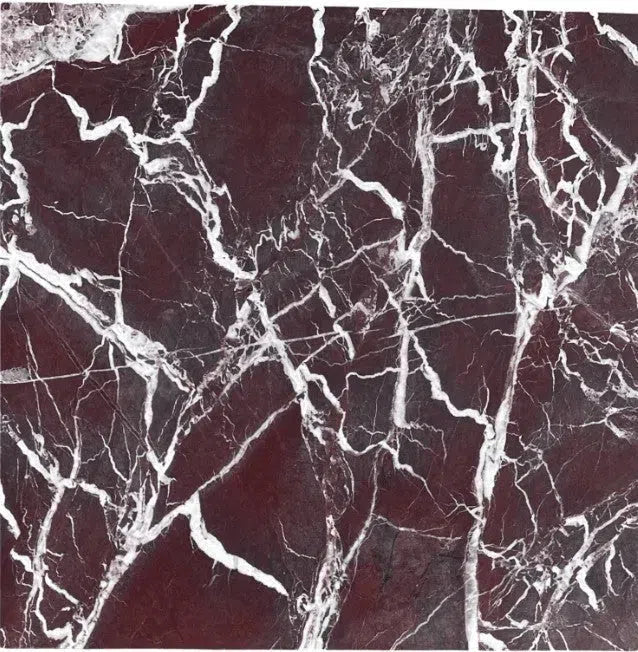 Rosso Levanto Marble
Rosso Levanto Marble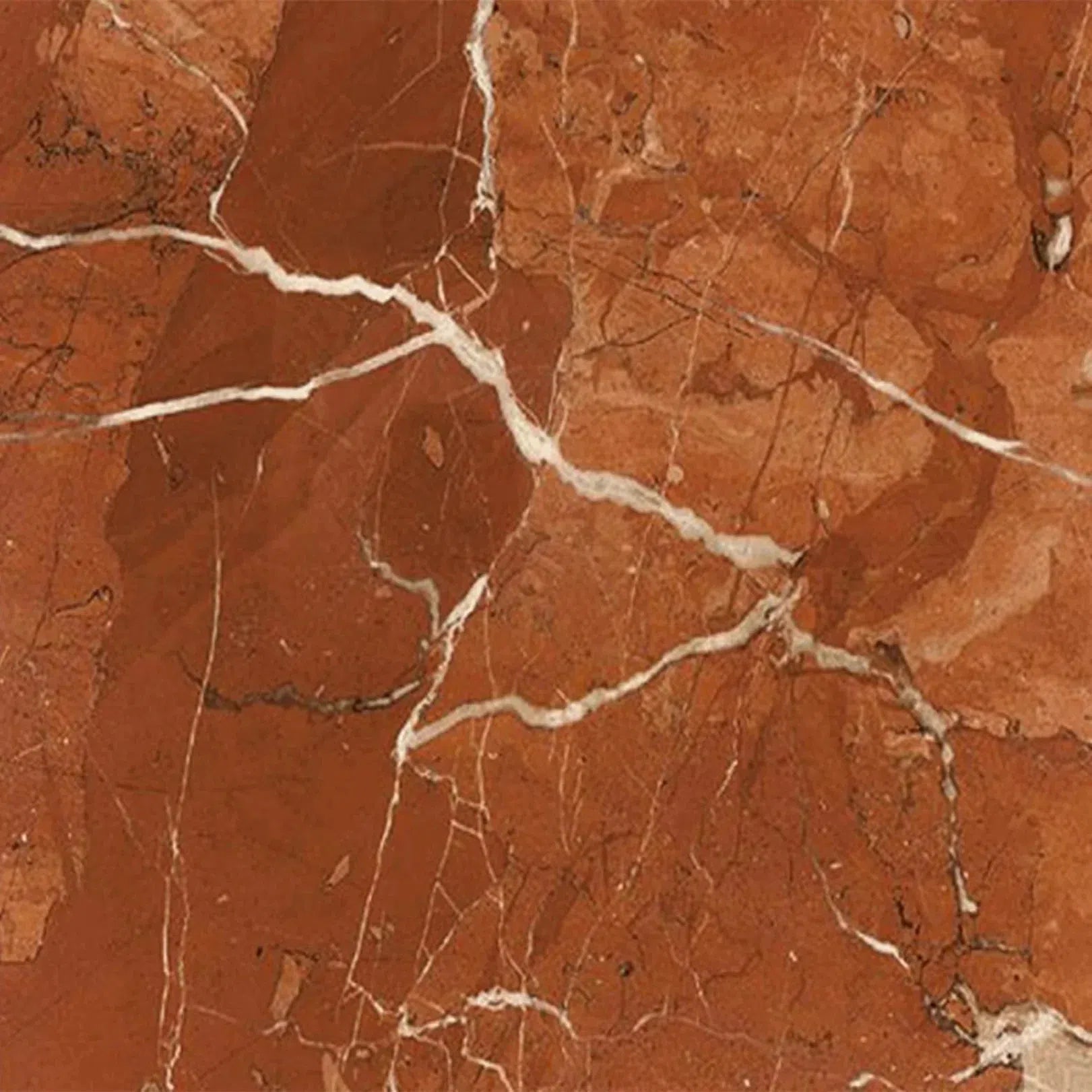 Rojo Alicante Marble
Rojo Alicante Marble Sky Blue | Azul Cielo Marble
Sky Blue | Azul Cielo Marble Snow White (Afyon White) Marble
Snow White (Afyon White) Marble Spanish Mix Marble
Spanish Mix Marble Storm Gray Marble
Storm Gray Marble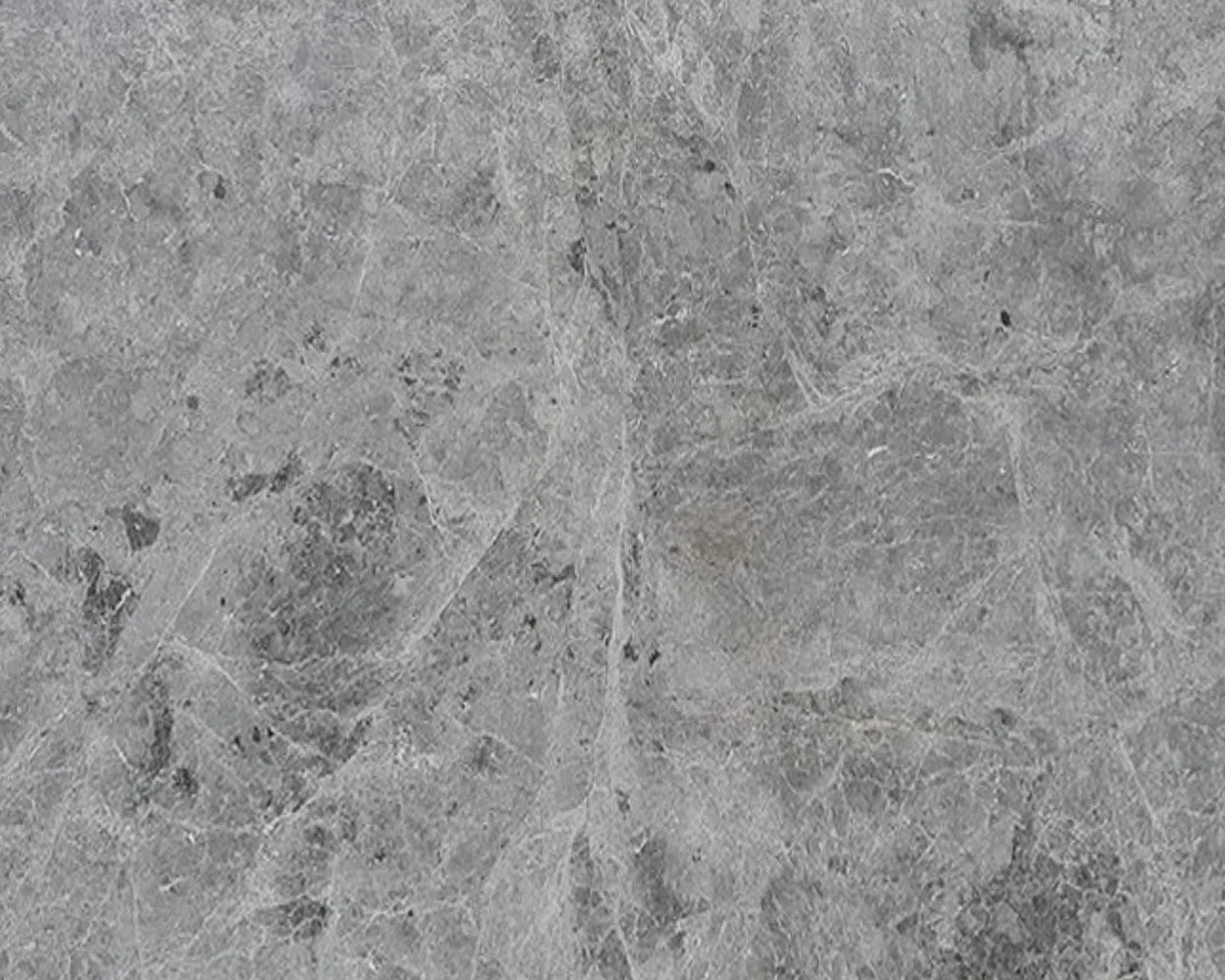 Tundra Gray (Atlantic Gray) Marble
Tundra Gray (Atlantic Gray) Marble Valencia Travertine
Valencia Travertine Valerenga Travertine
Valerenga Travertine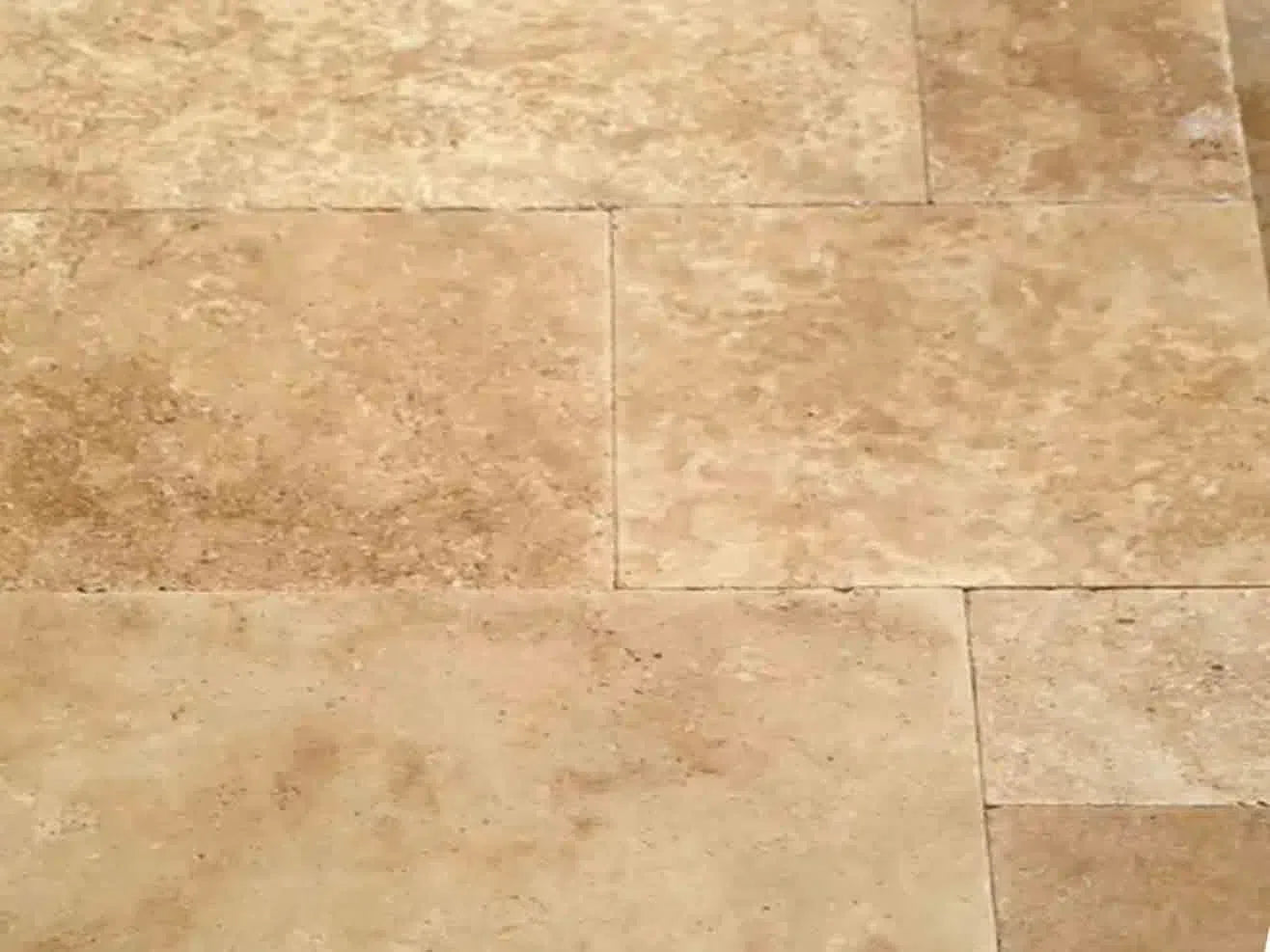 Walnut Travertine
Walnut Travertine White Onyx Marble
White Onyx Marble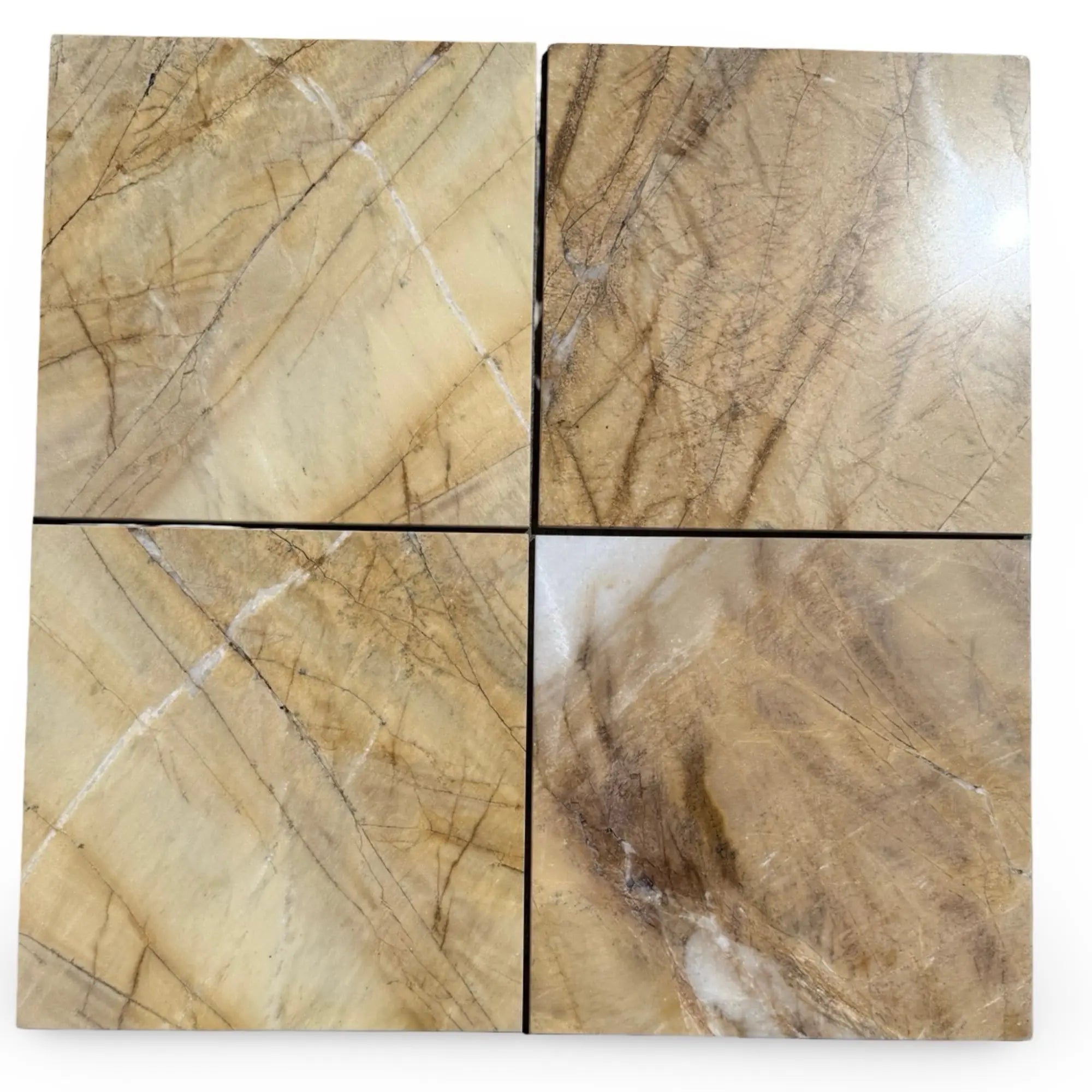 Golden Horizon Marble
Golden Horizon Marble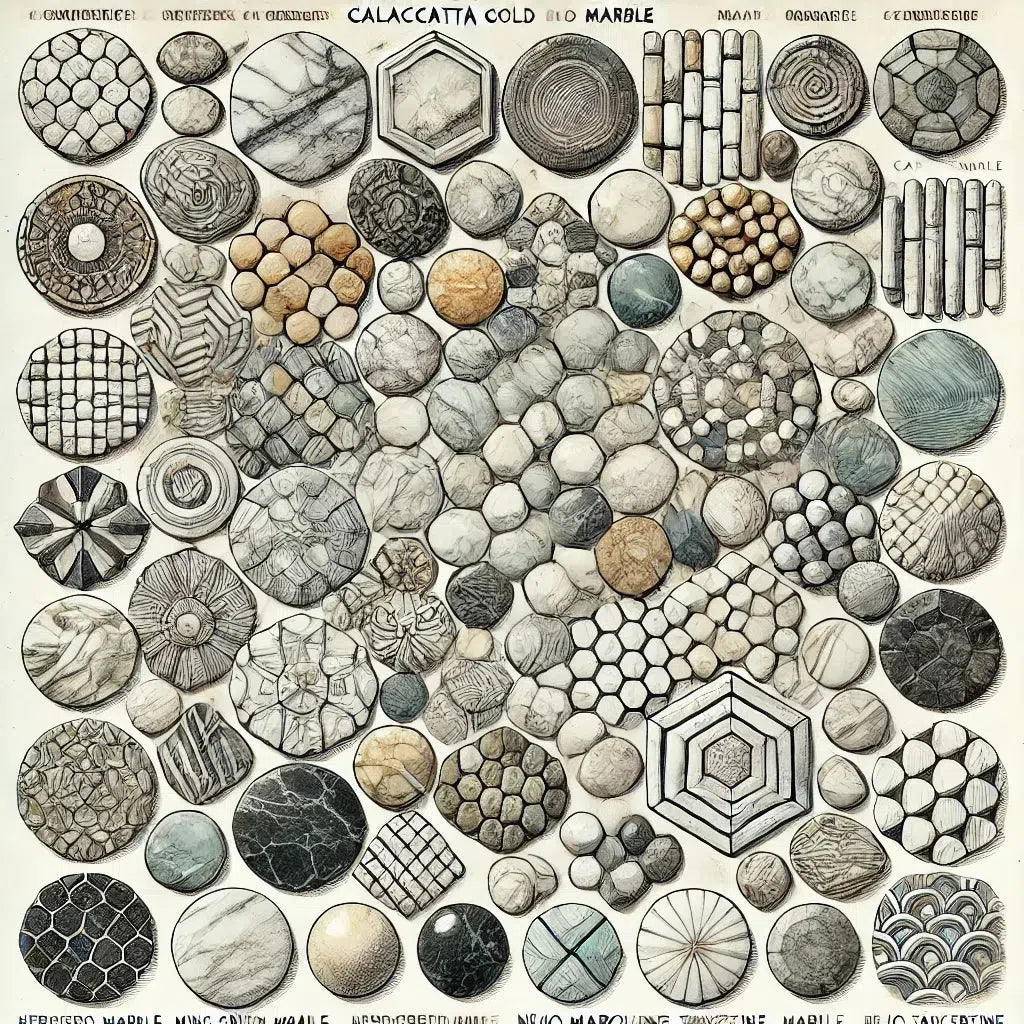 Shop By Type
Shop By Type
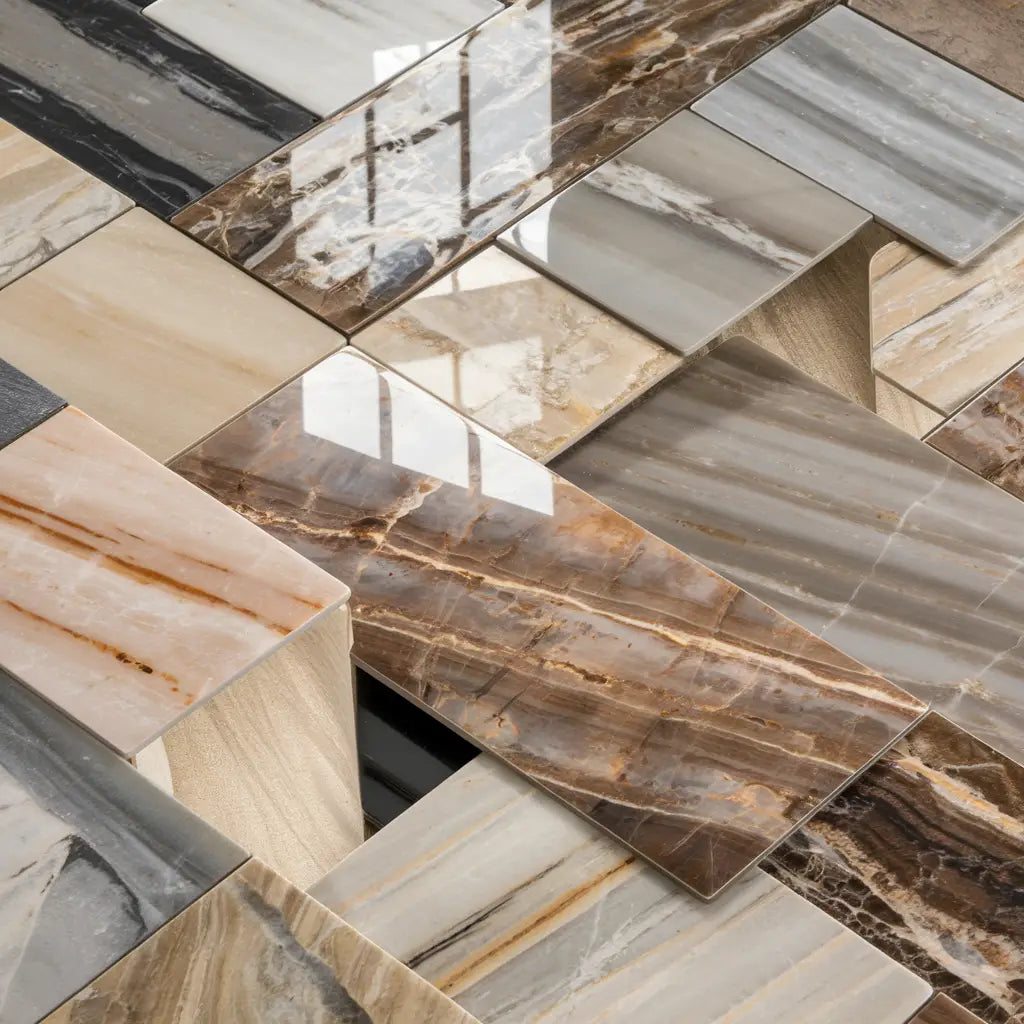 Marble Tiles
Marble Tiles Marble Mosaic
Marble Mosaic Travertine Tiles
Travertine Tiles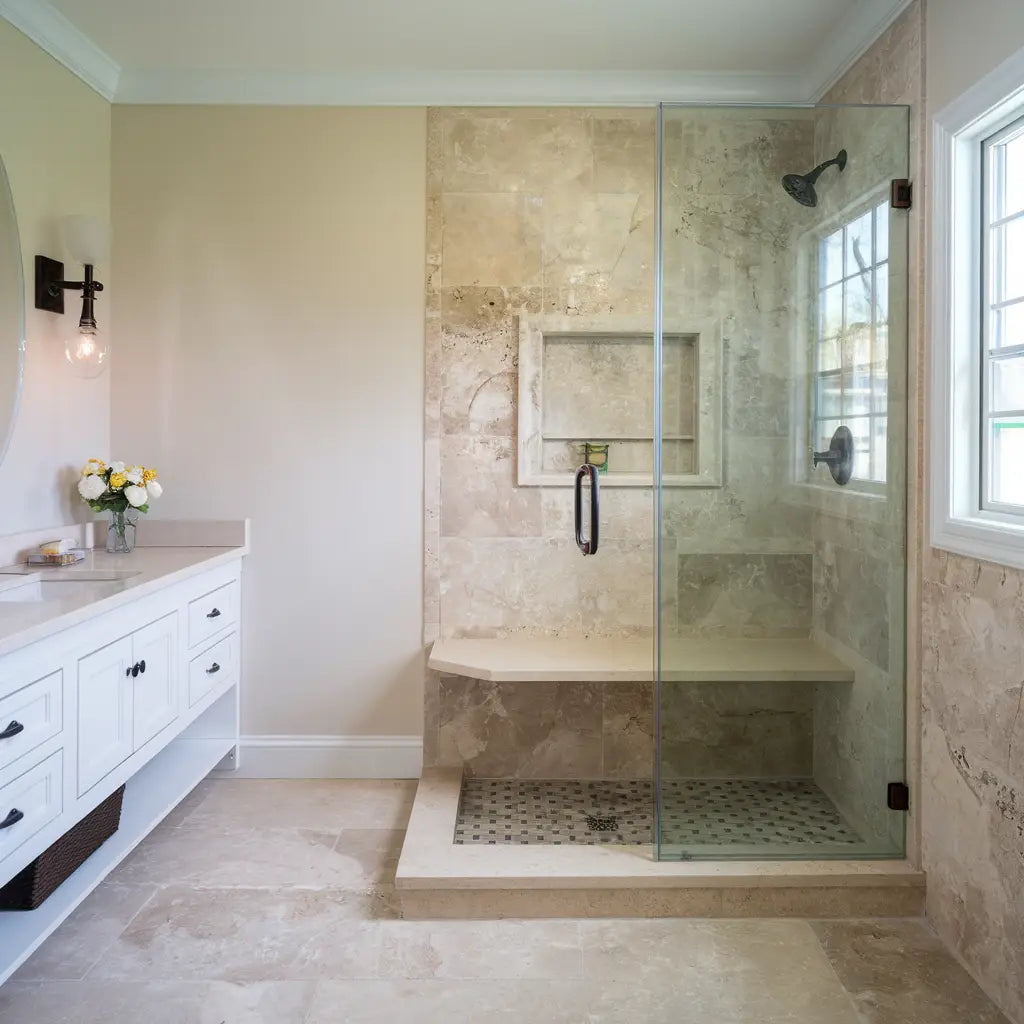 Travertine Mosaic
Travertine Mosaic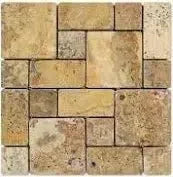 4 pcs Versailles Pattern / French Pattern Set
4 pcs Versailles Pattern / French Pattern Set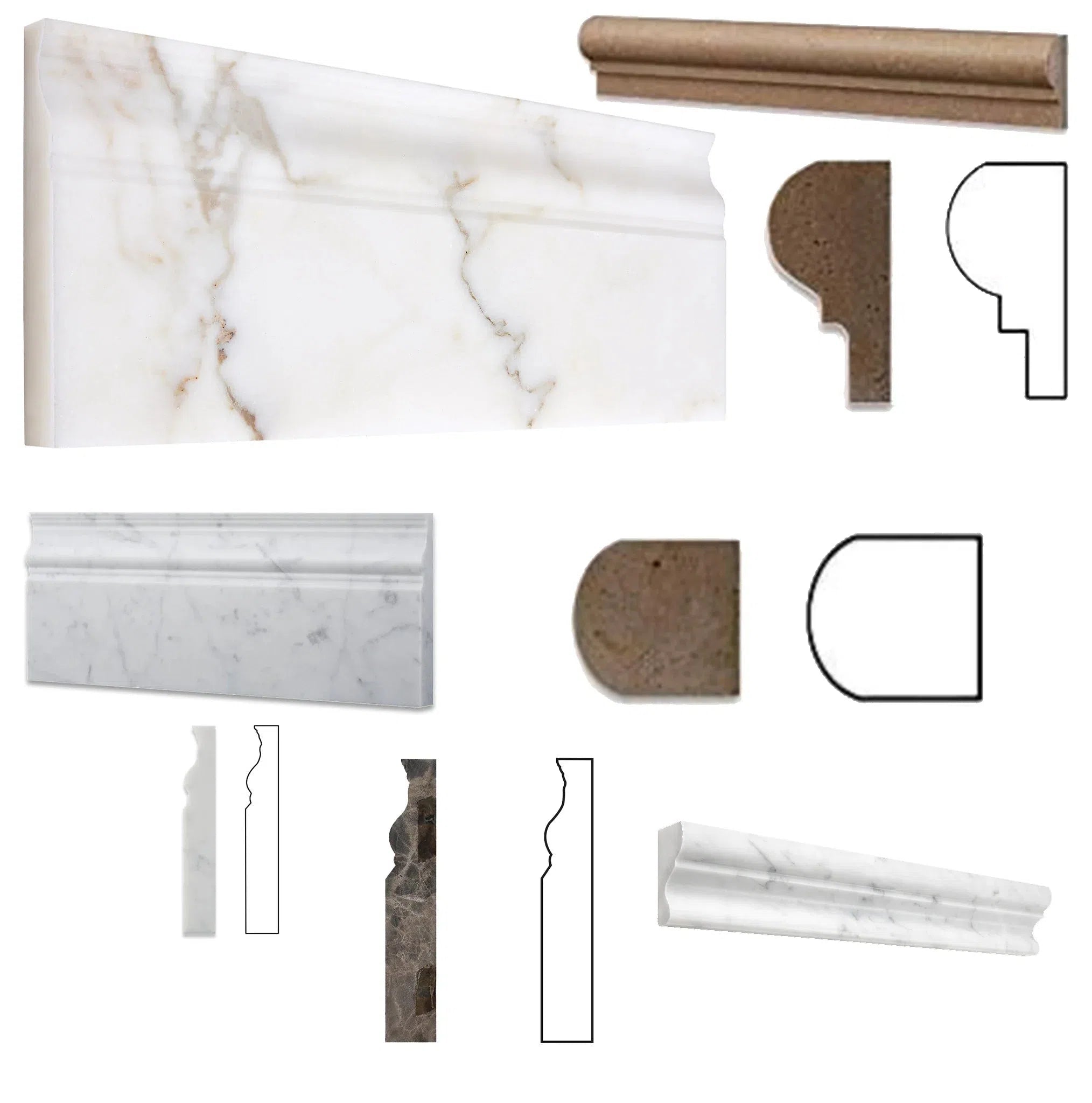 Molding/Trim
Molding/Trim Border/Listello
Border/Listello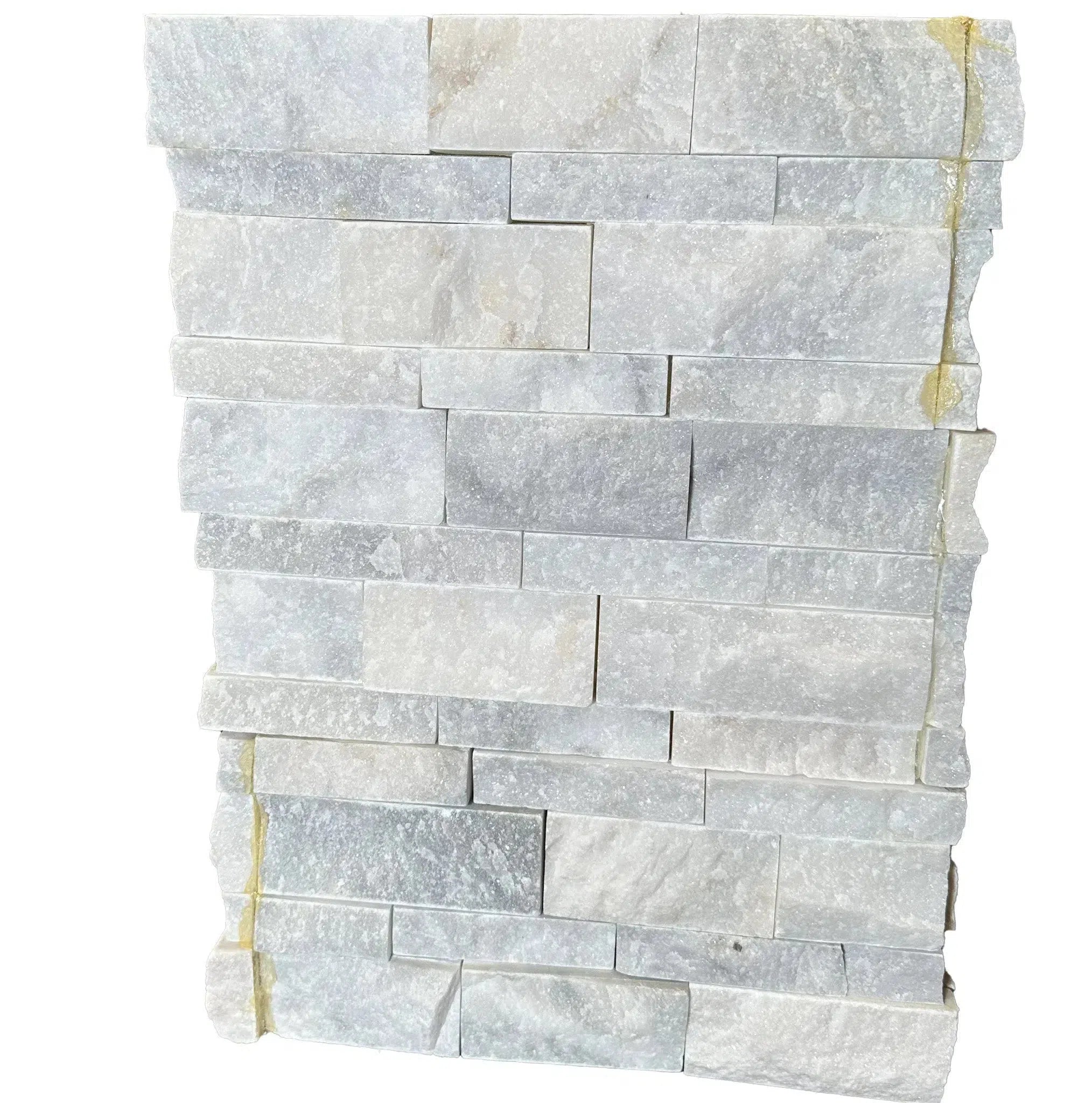 Ledger-Panel
Ledger-Panel Checkerboard
Checkerboard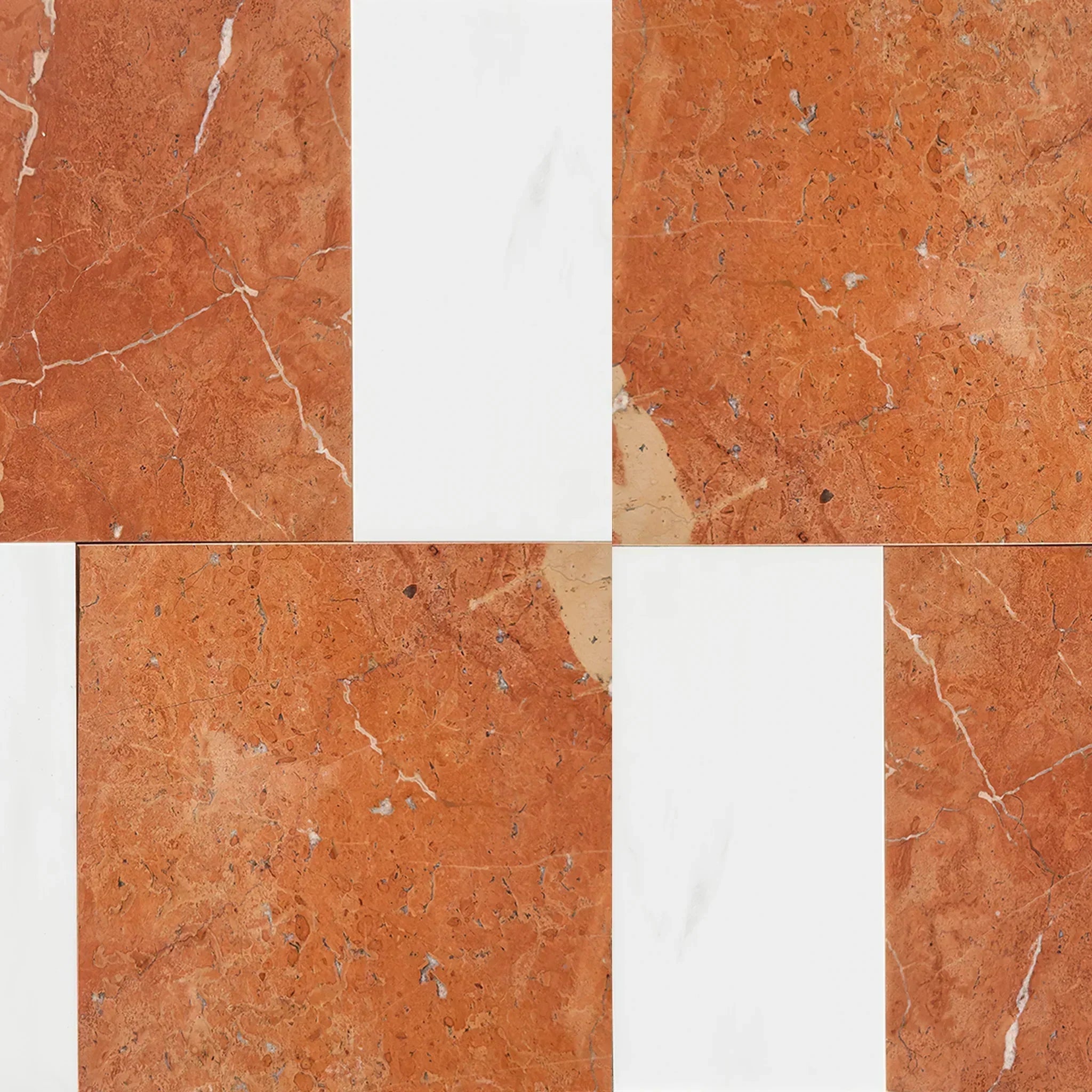 Patterned Tile Collection
Patterned Tile Collection  Shop By Finish
Shop By Finish
 Polished
Polished Honed
Honed Brushed
Brushed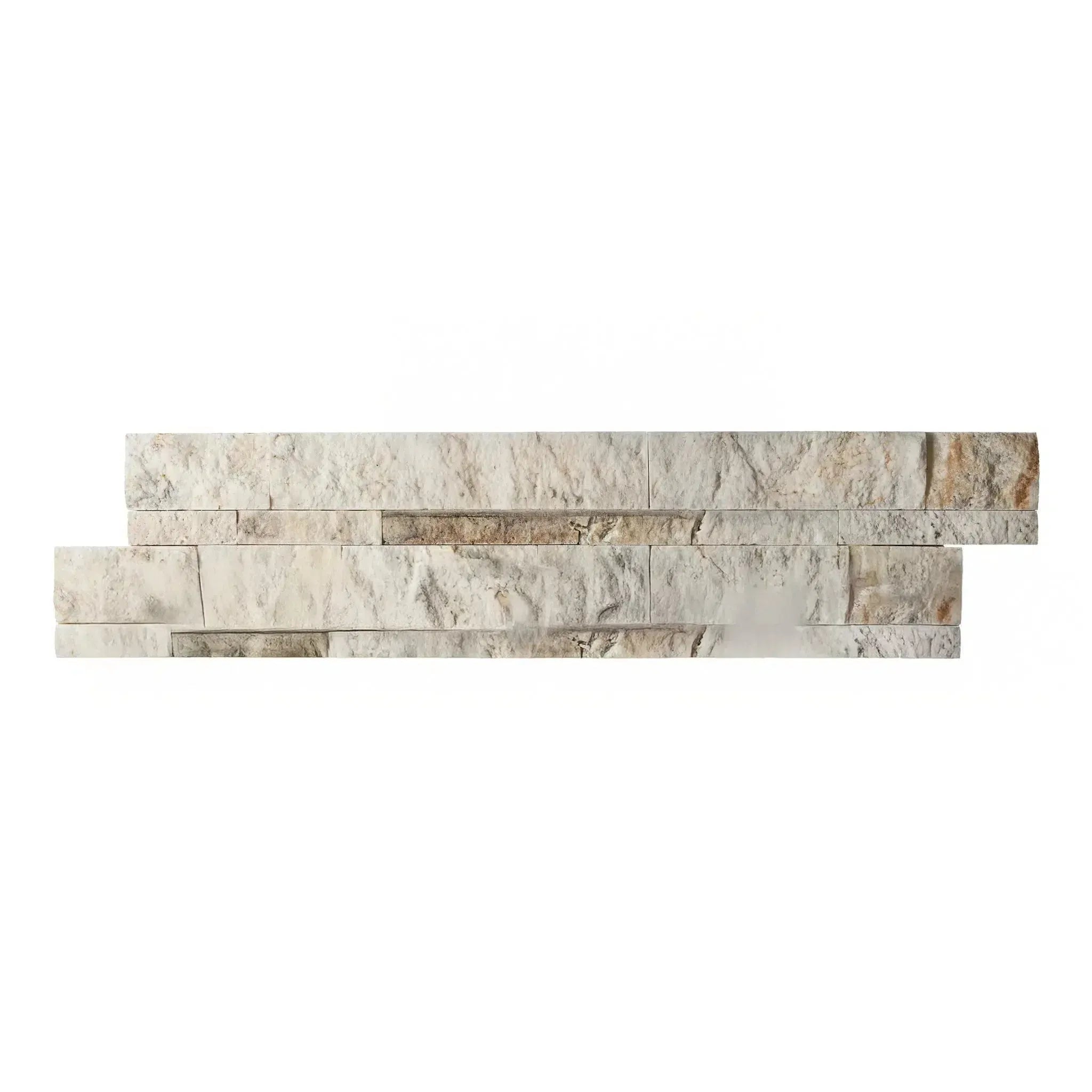 Split Face
Split Face Textured
Textured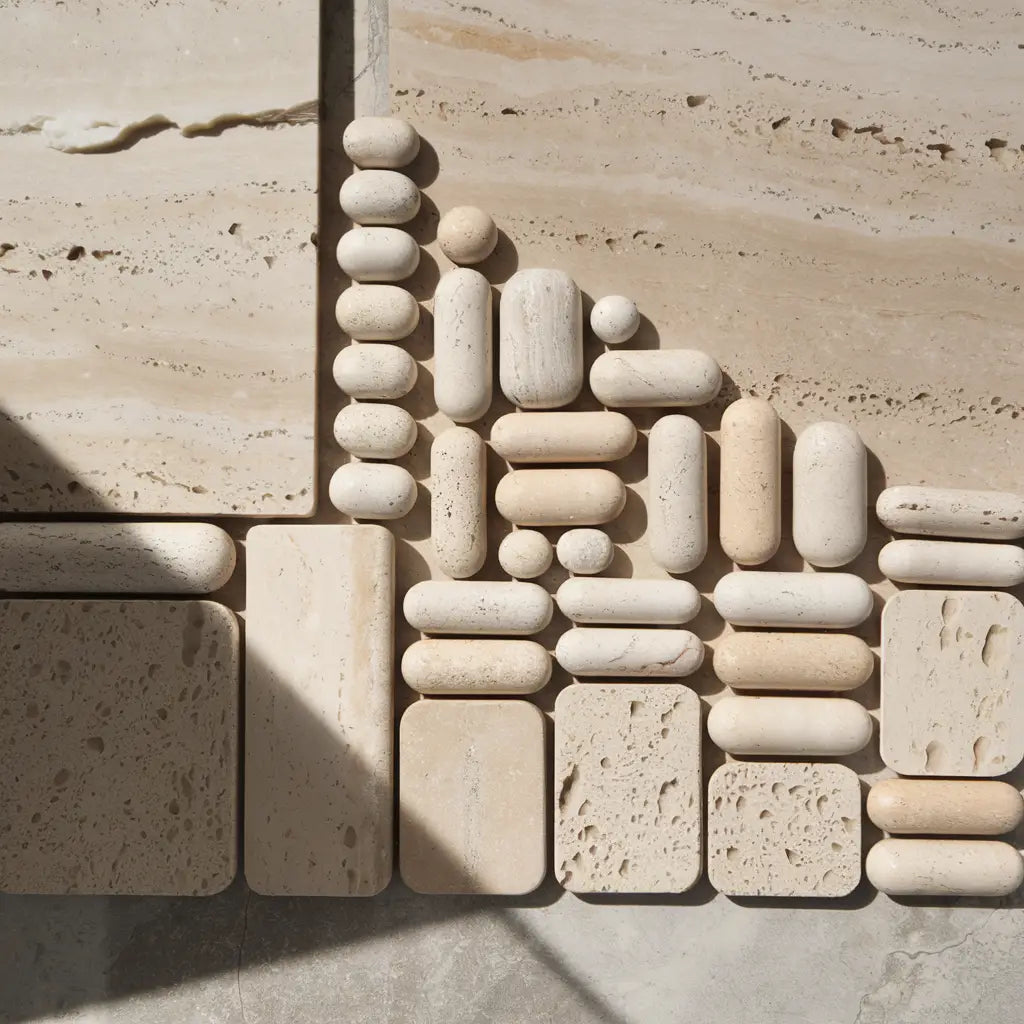 Tumbled
Tumbled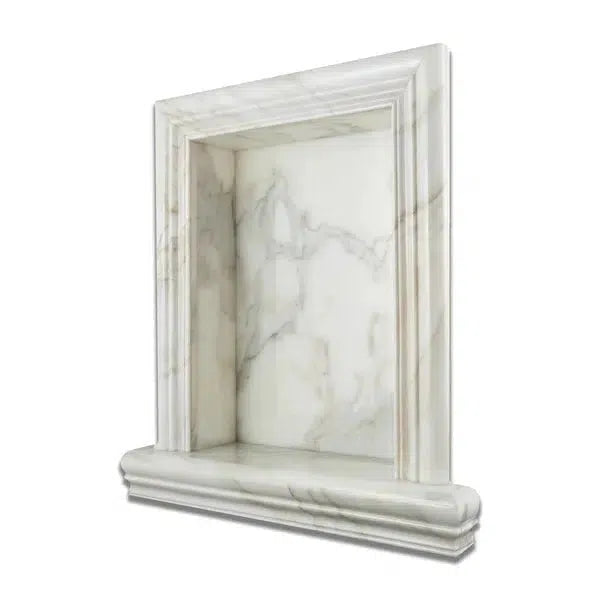 Accessories
Accessories
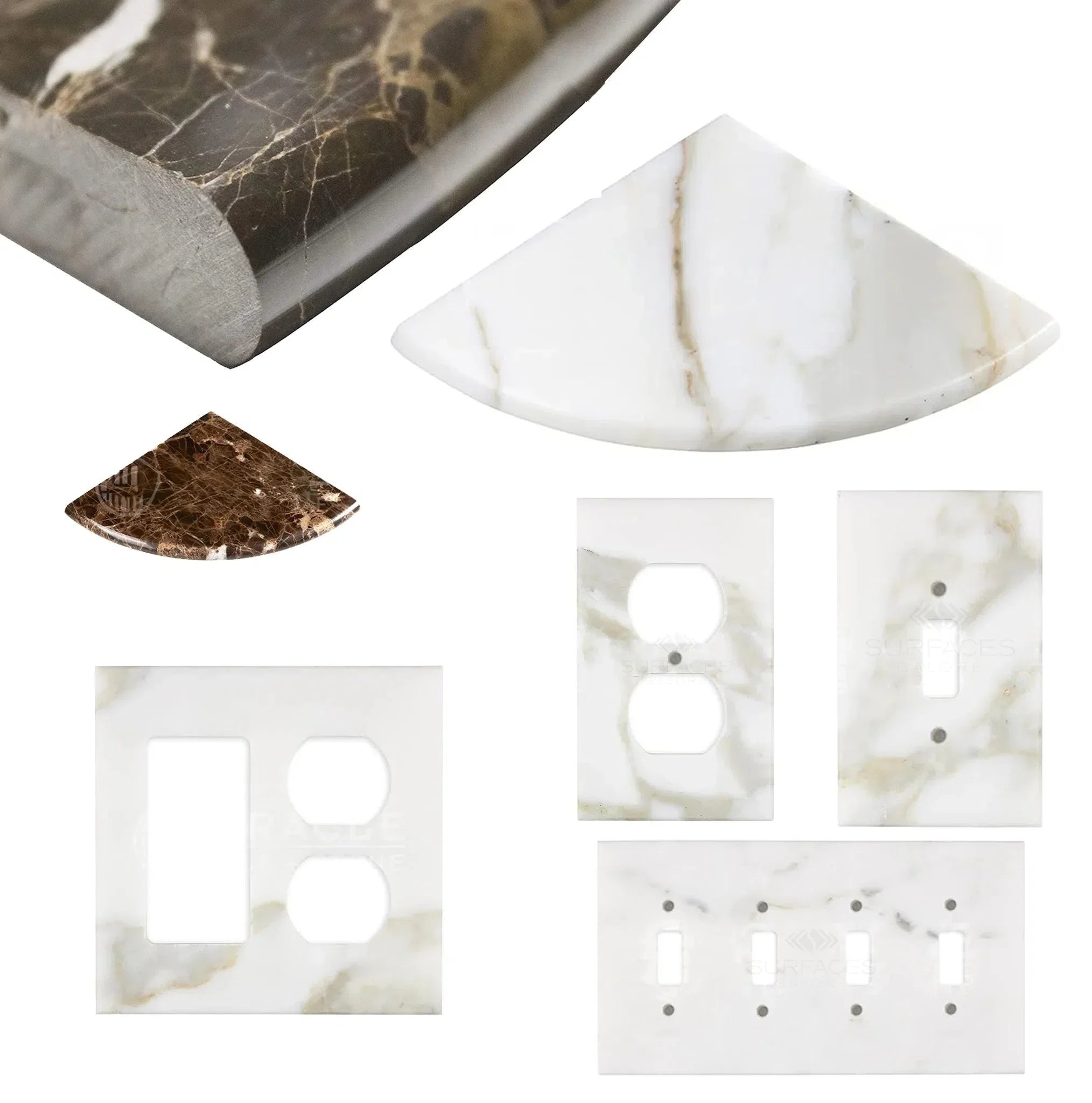 Wall Plate / Switch Plate
Wall Plate / Switch Plate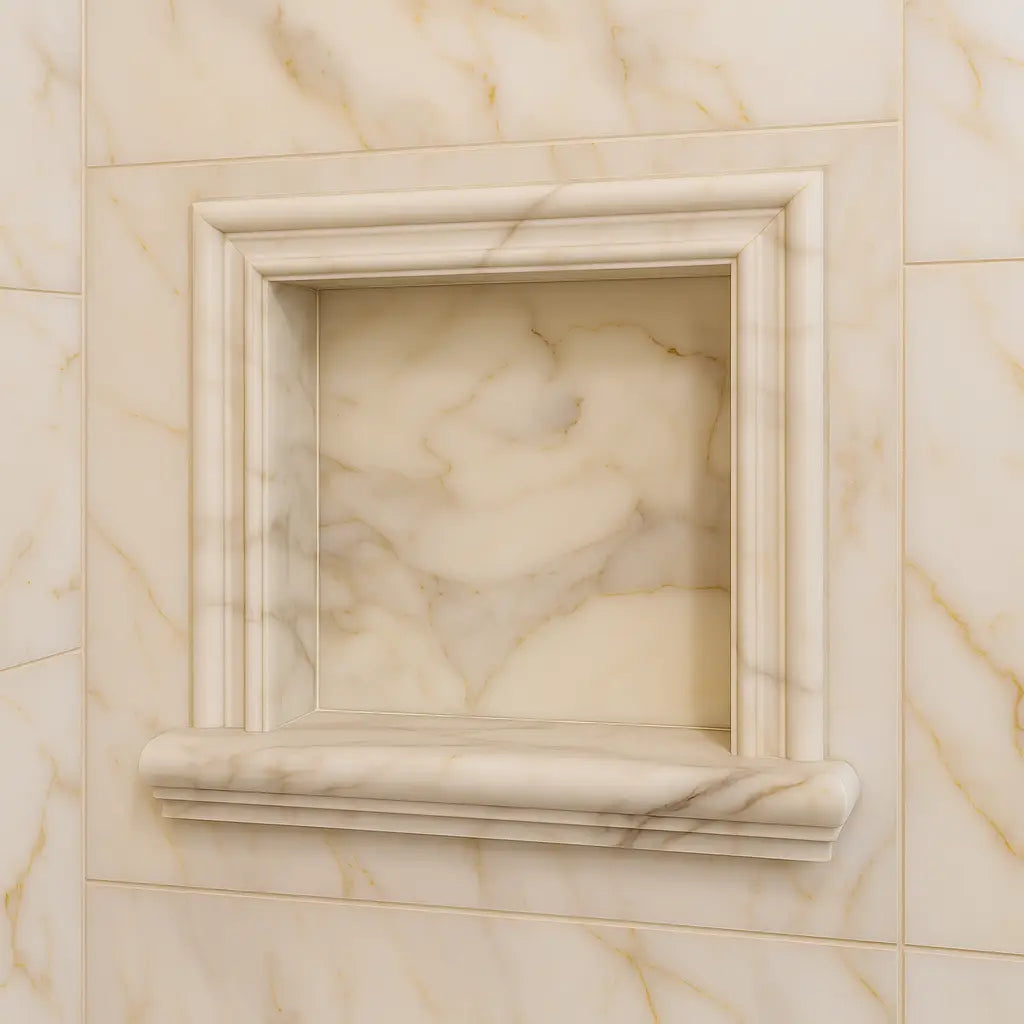 Shampoo Niche
Shampoo Niche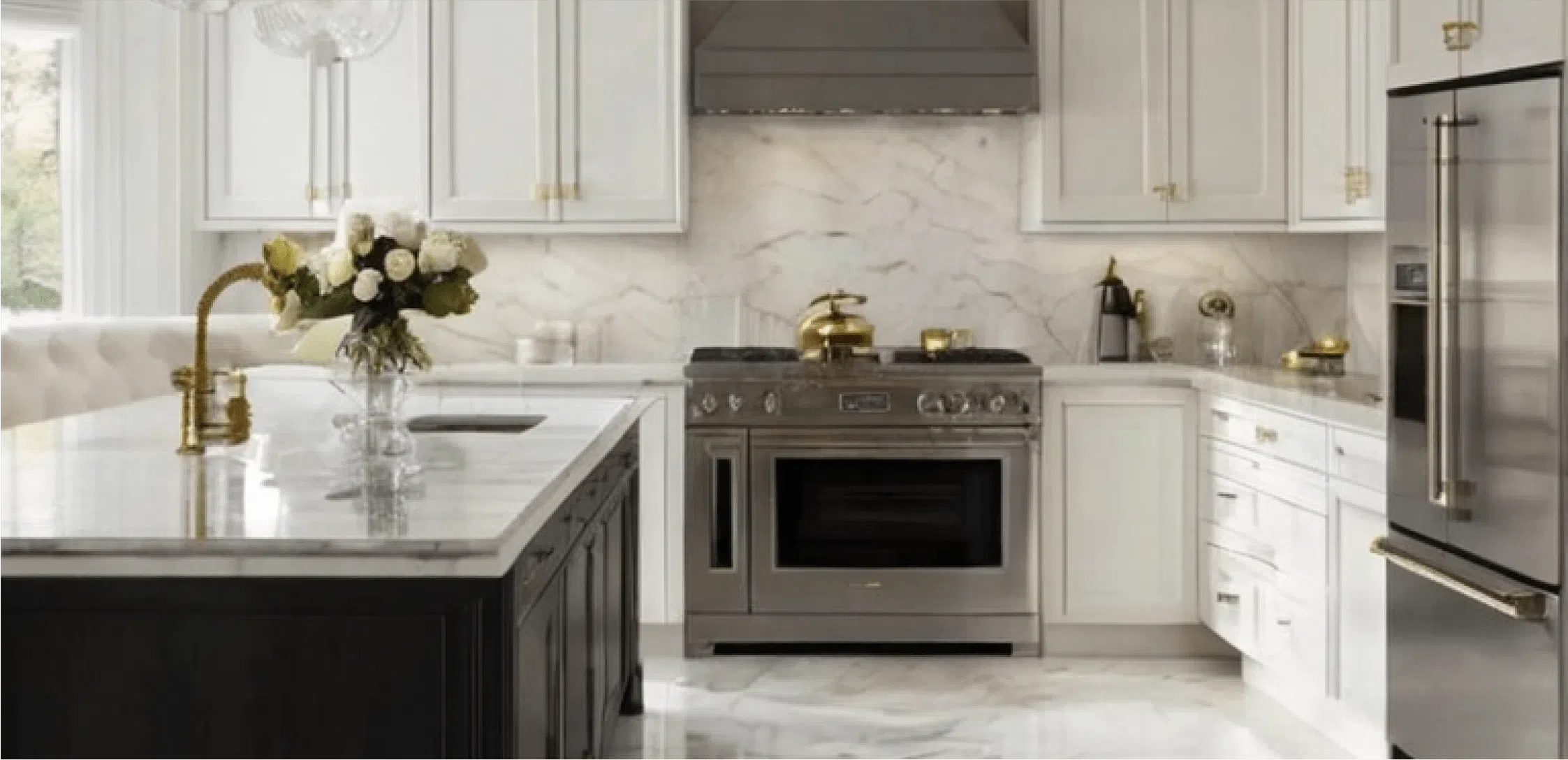 Corner Shelf
Corner Shelf Clearance
Clearance





Leave a comment